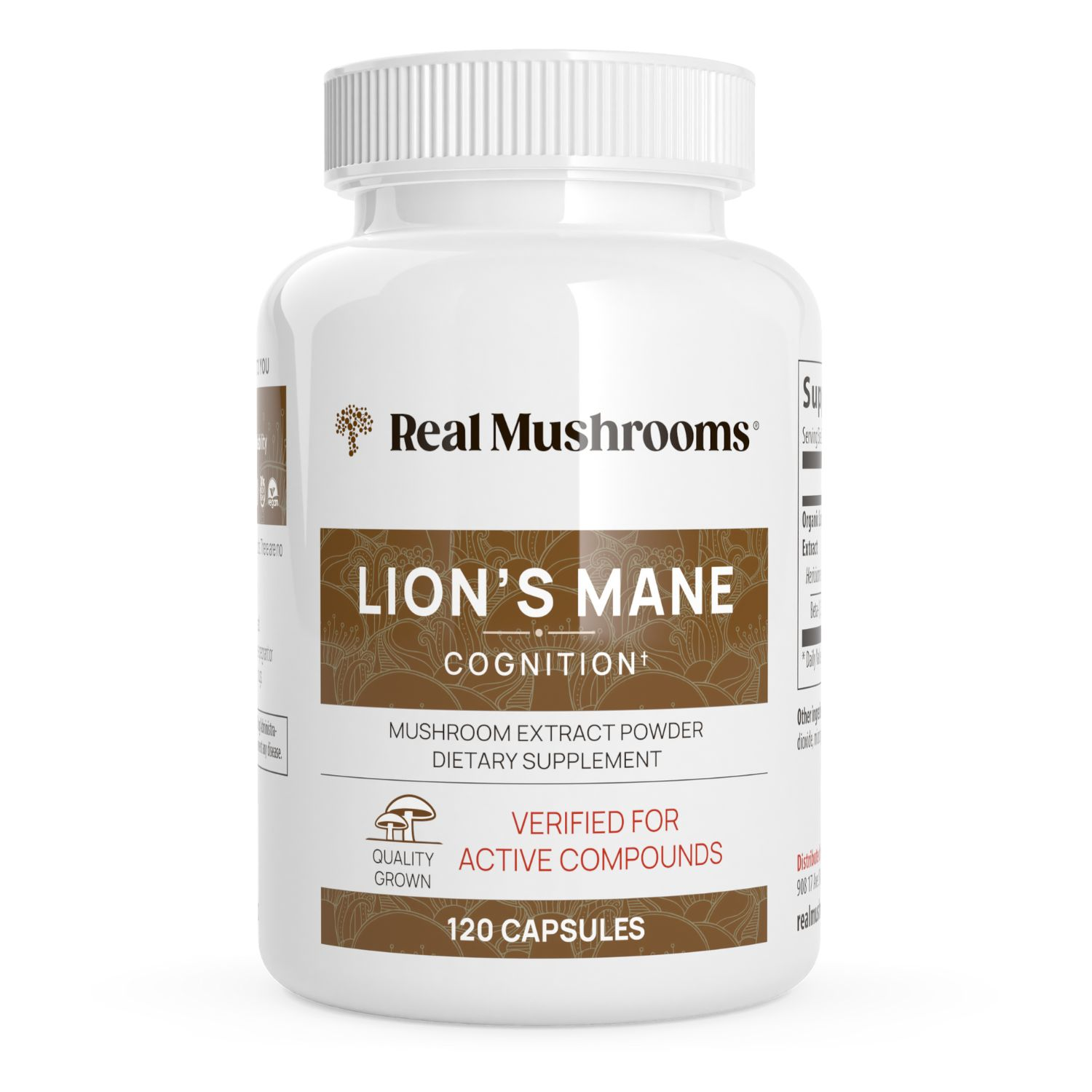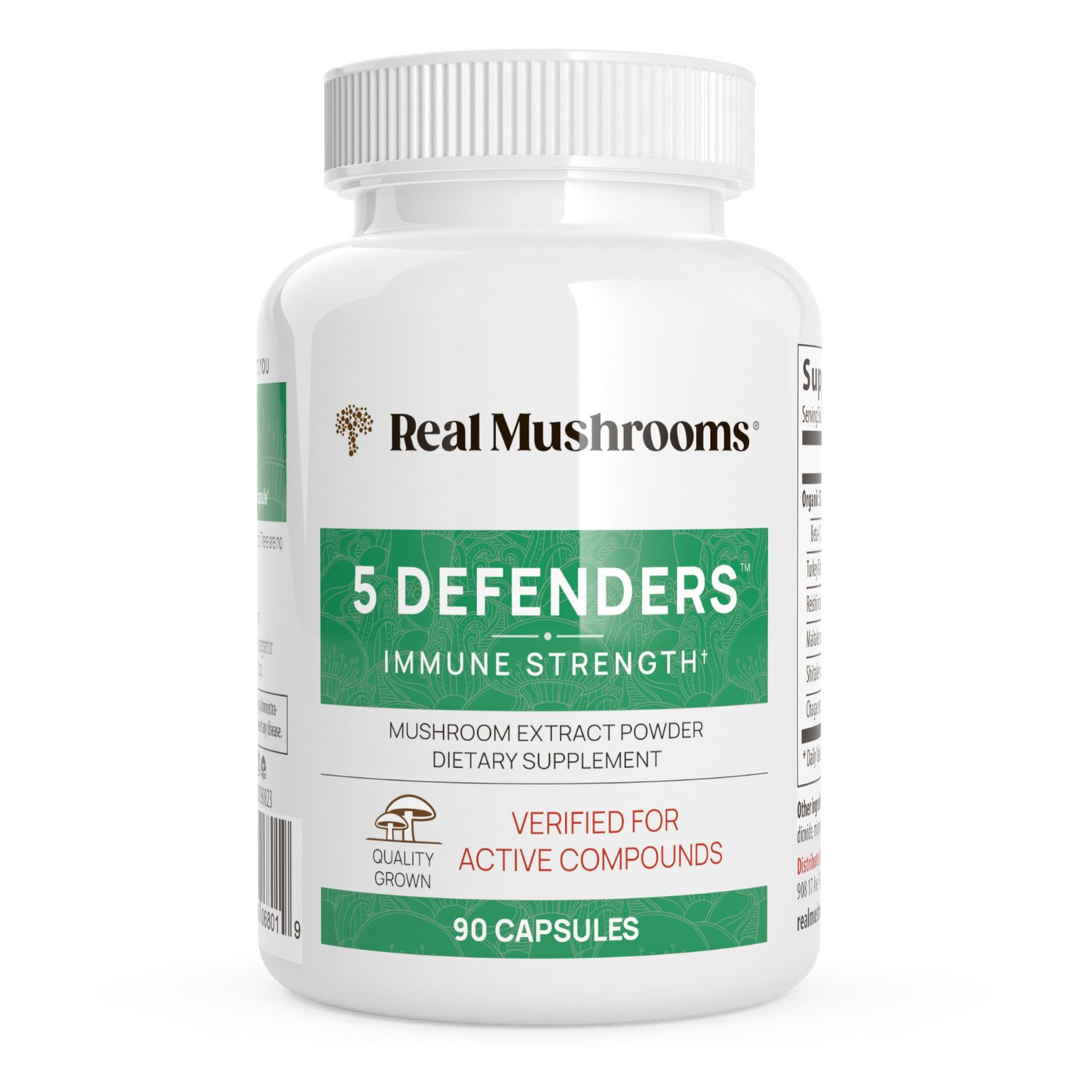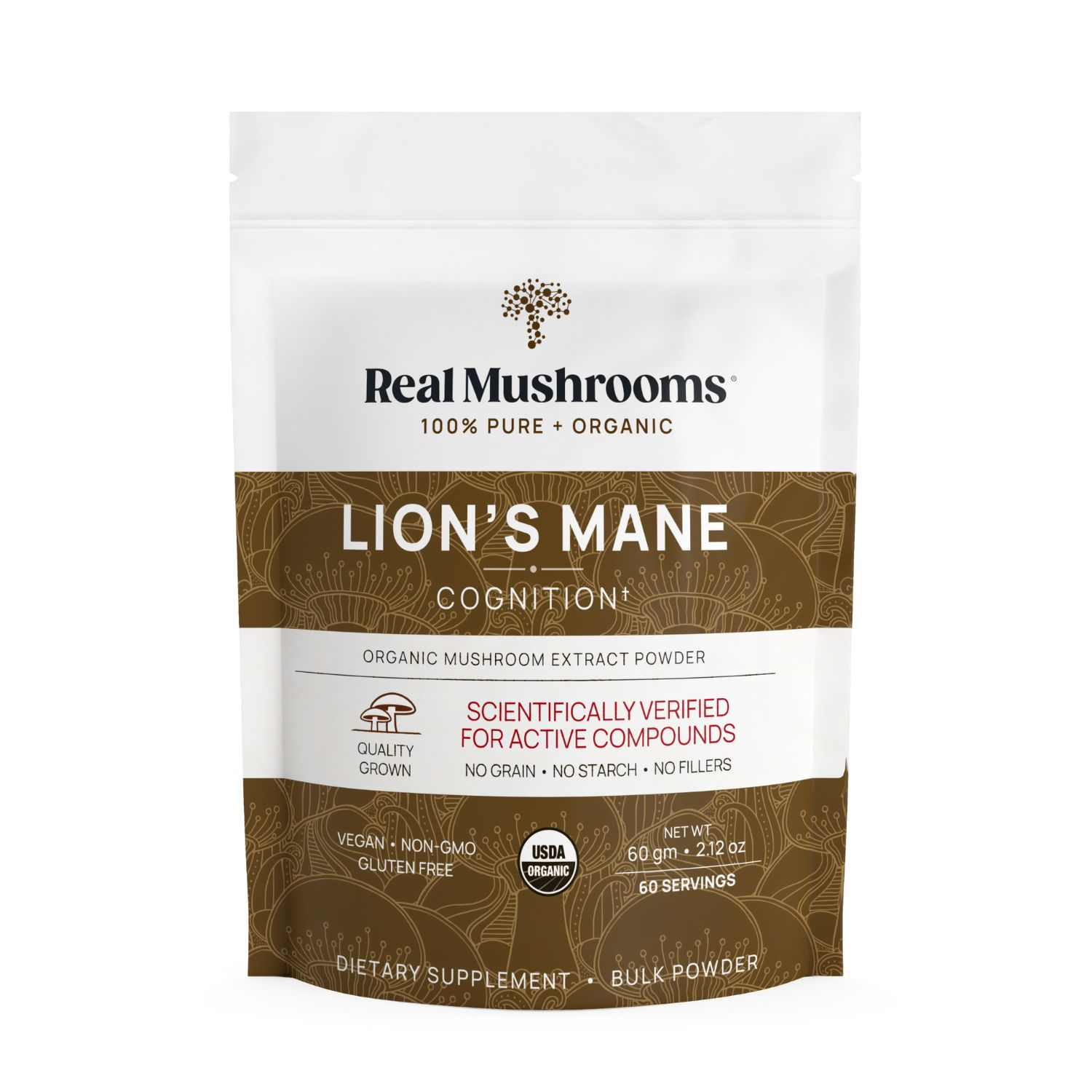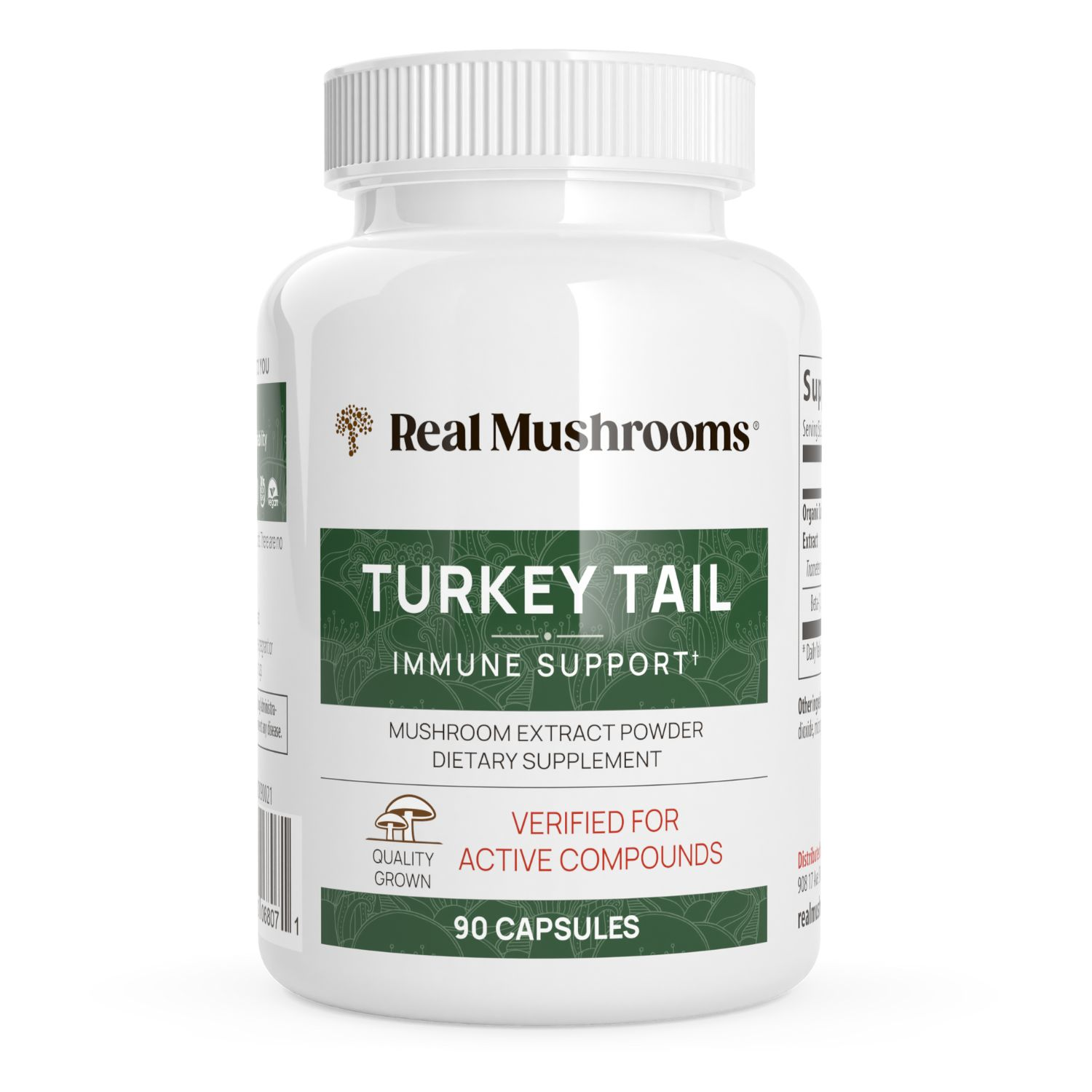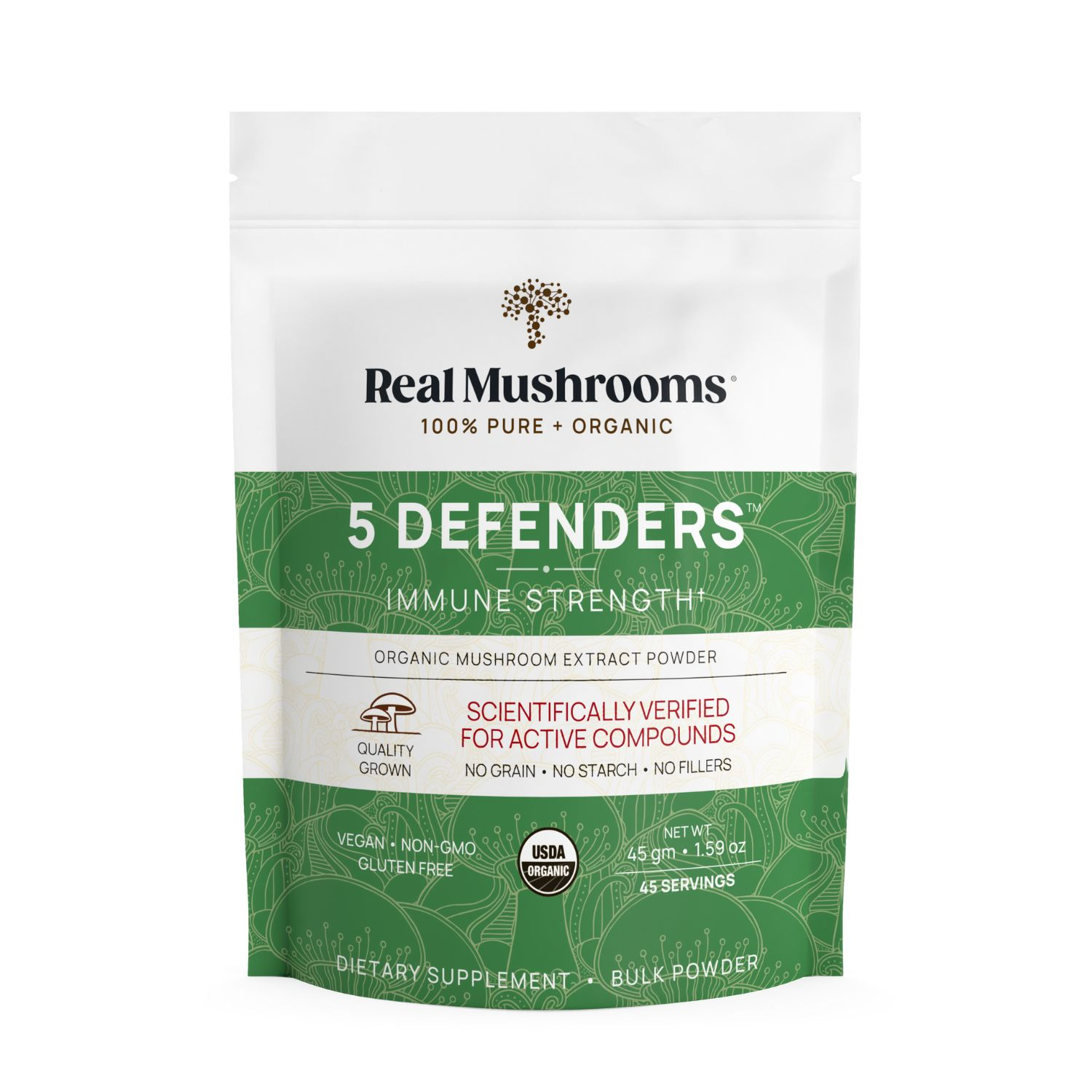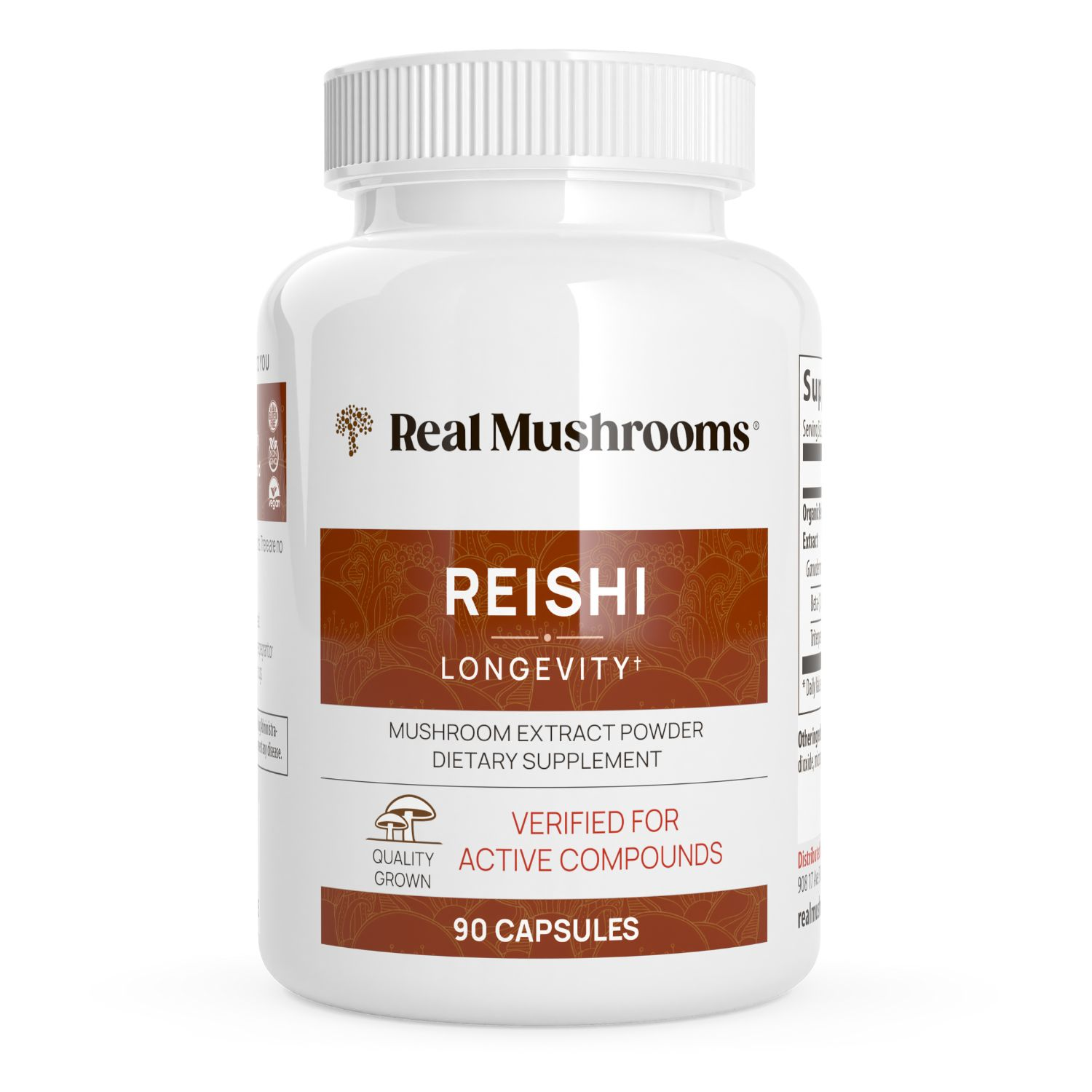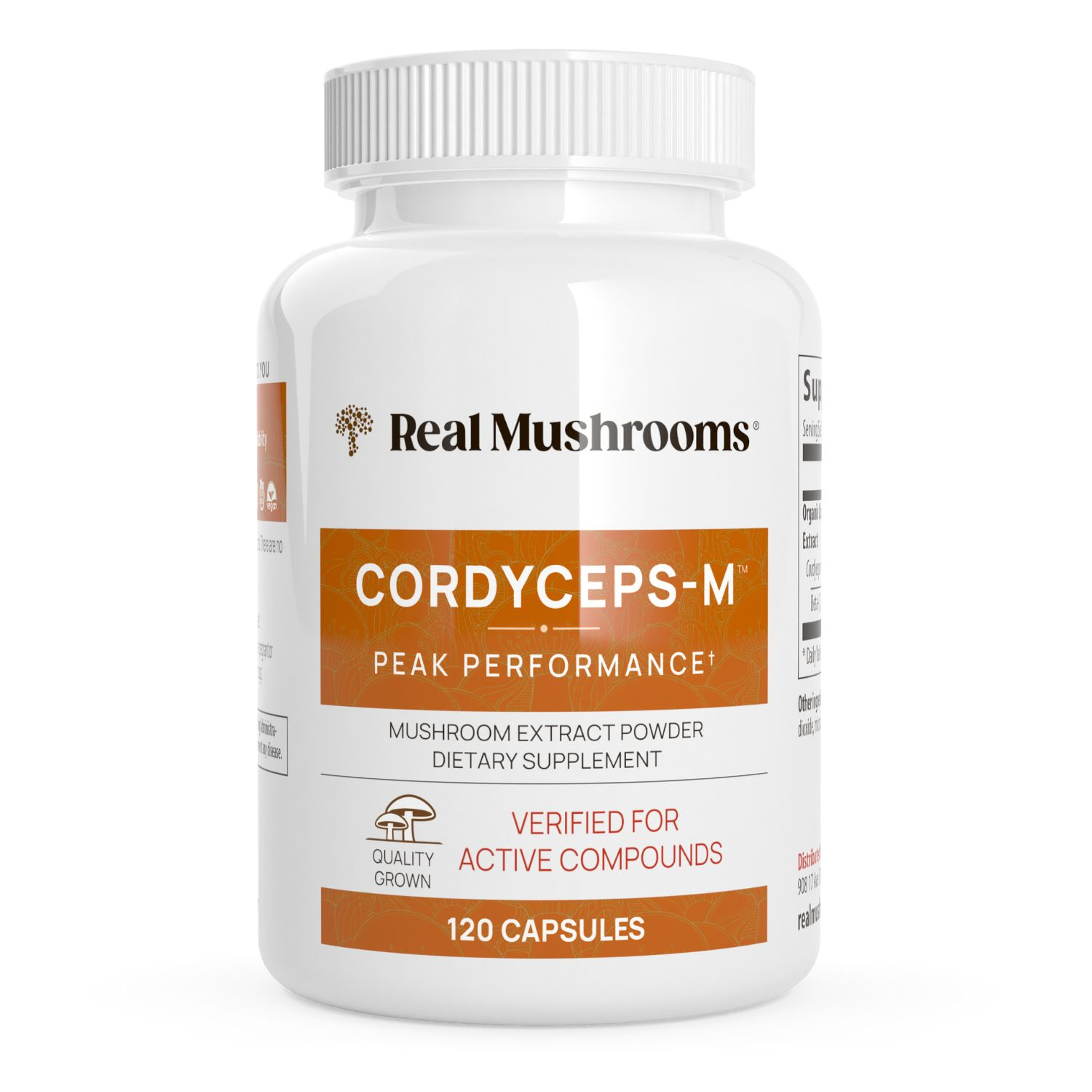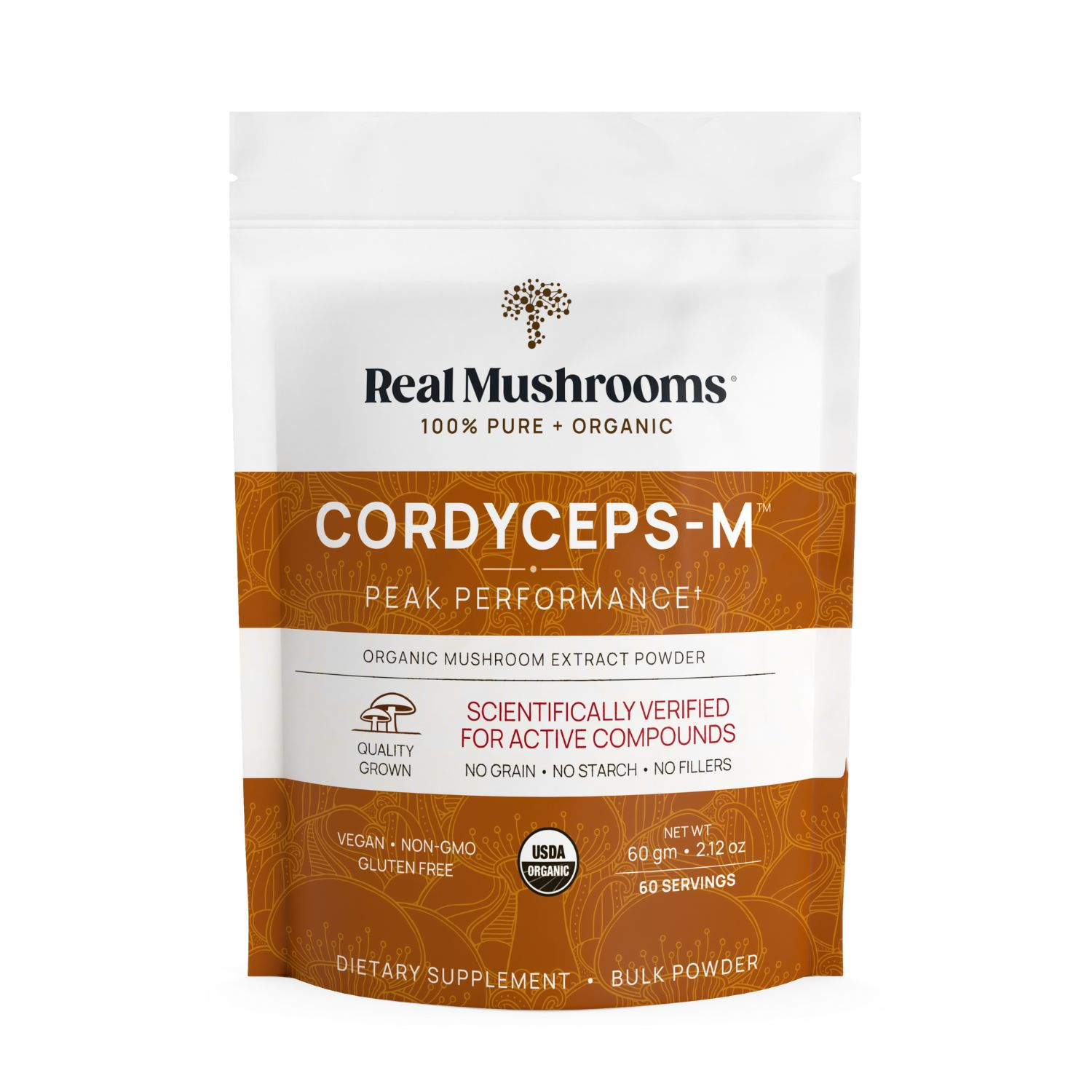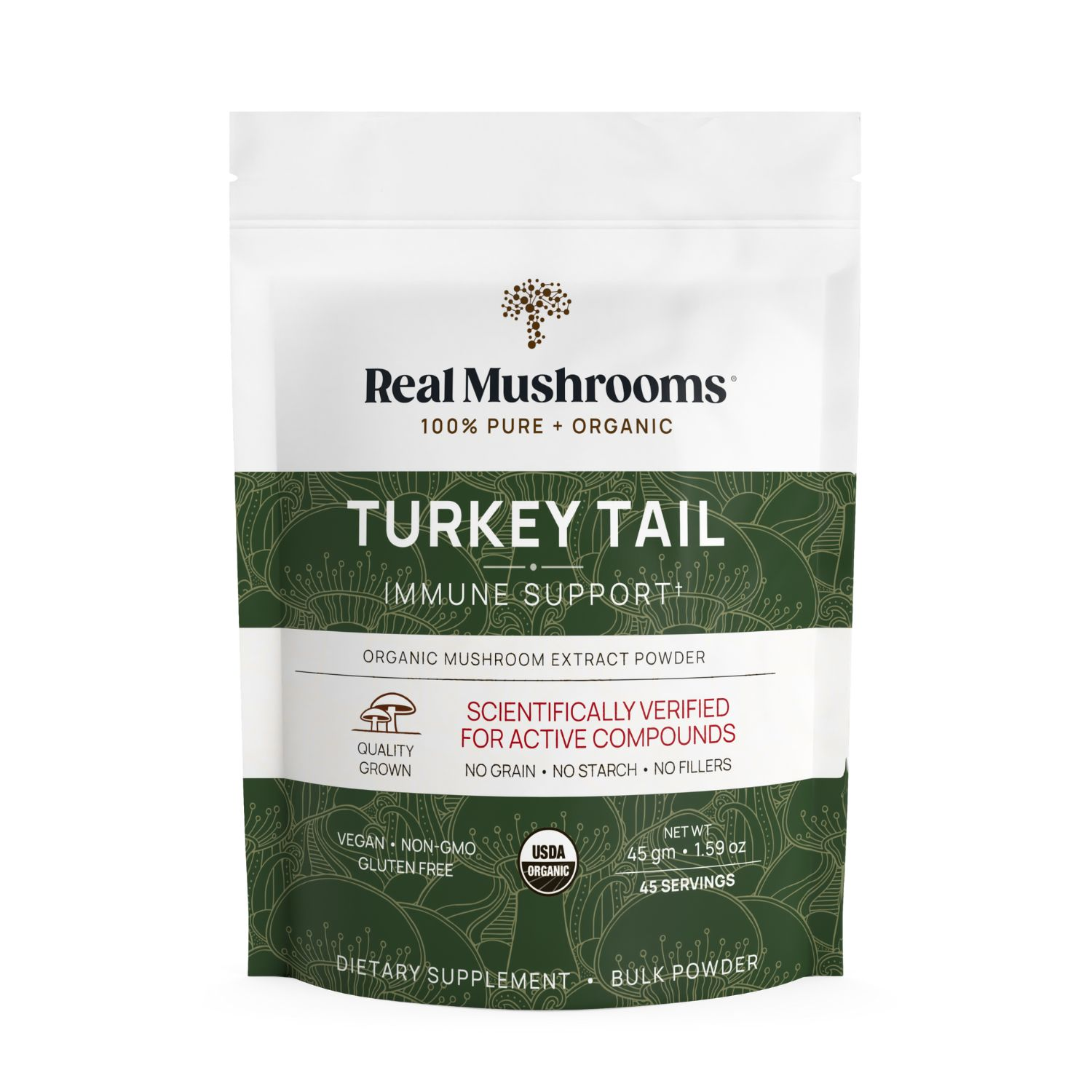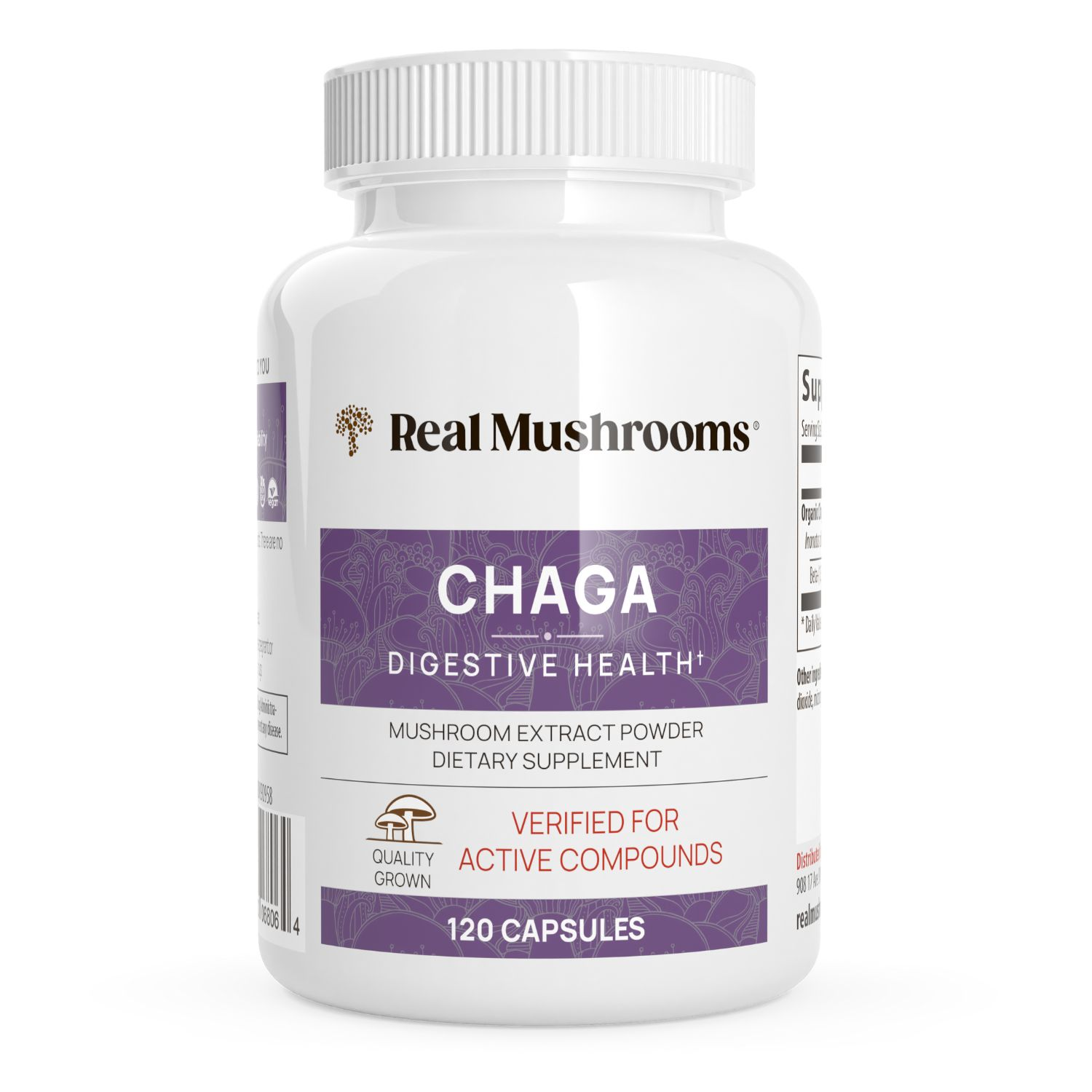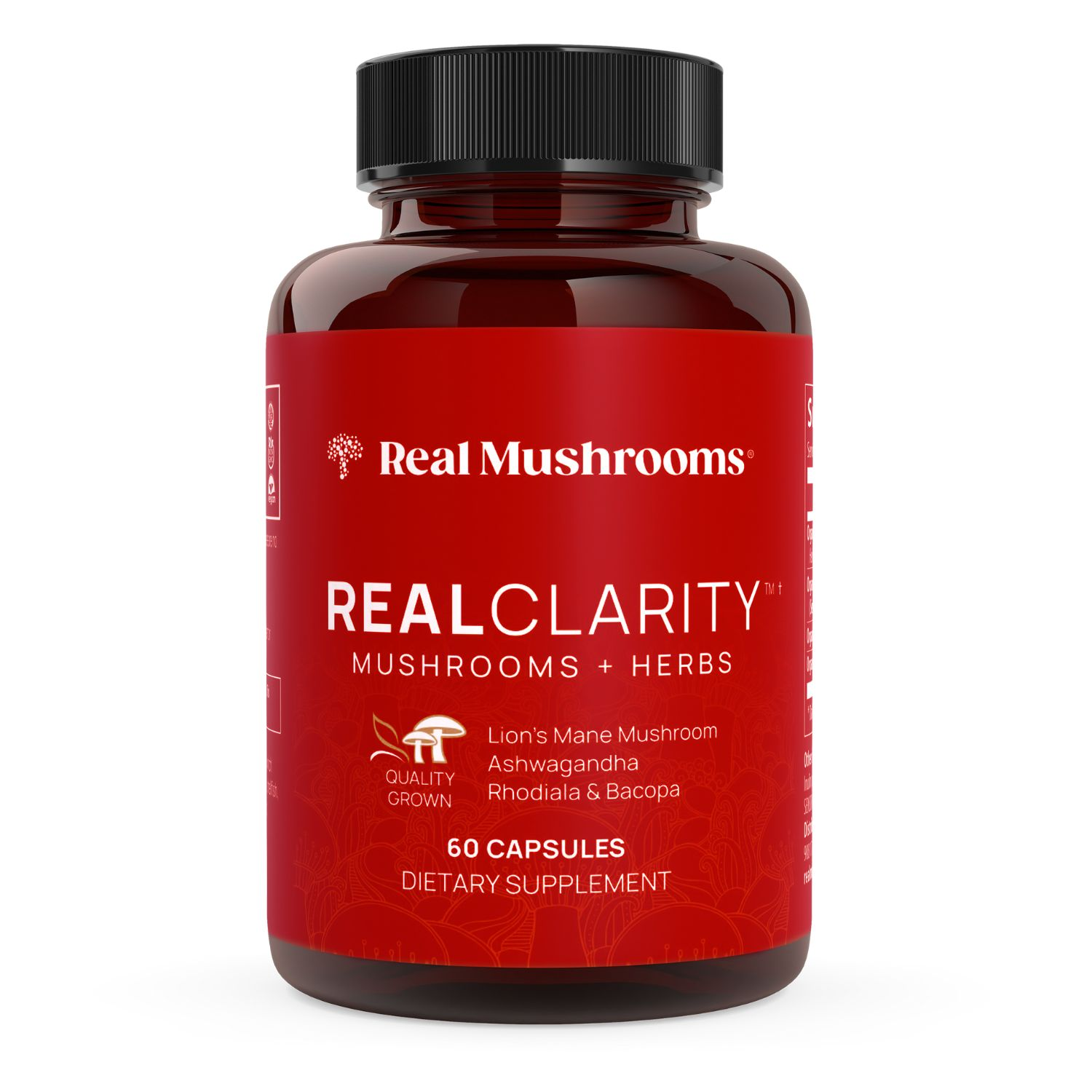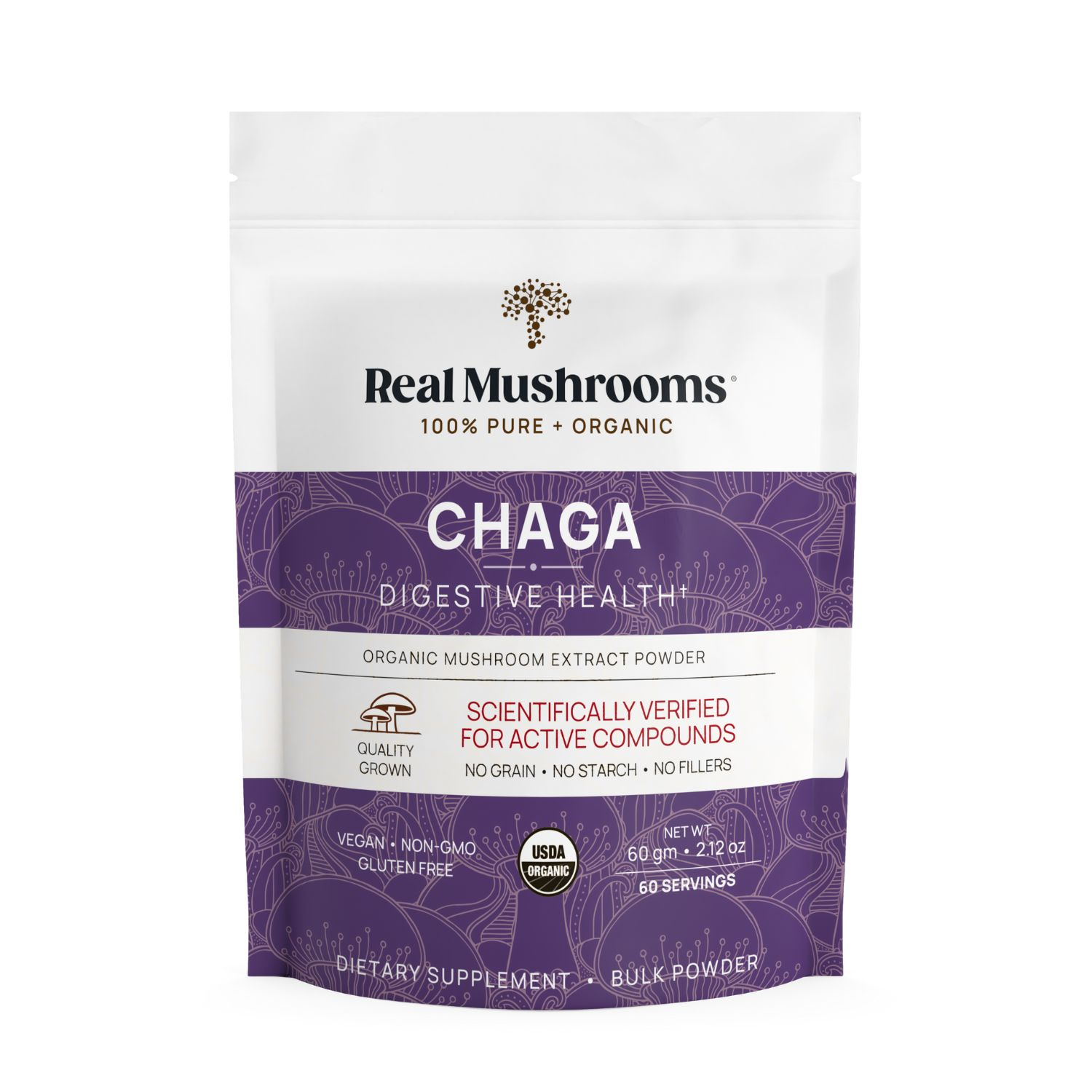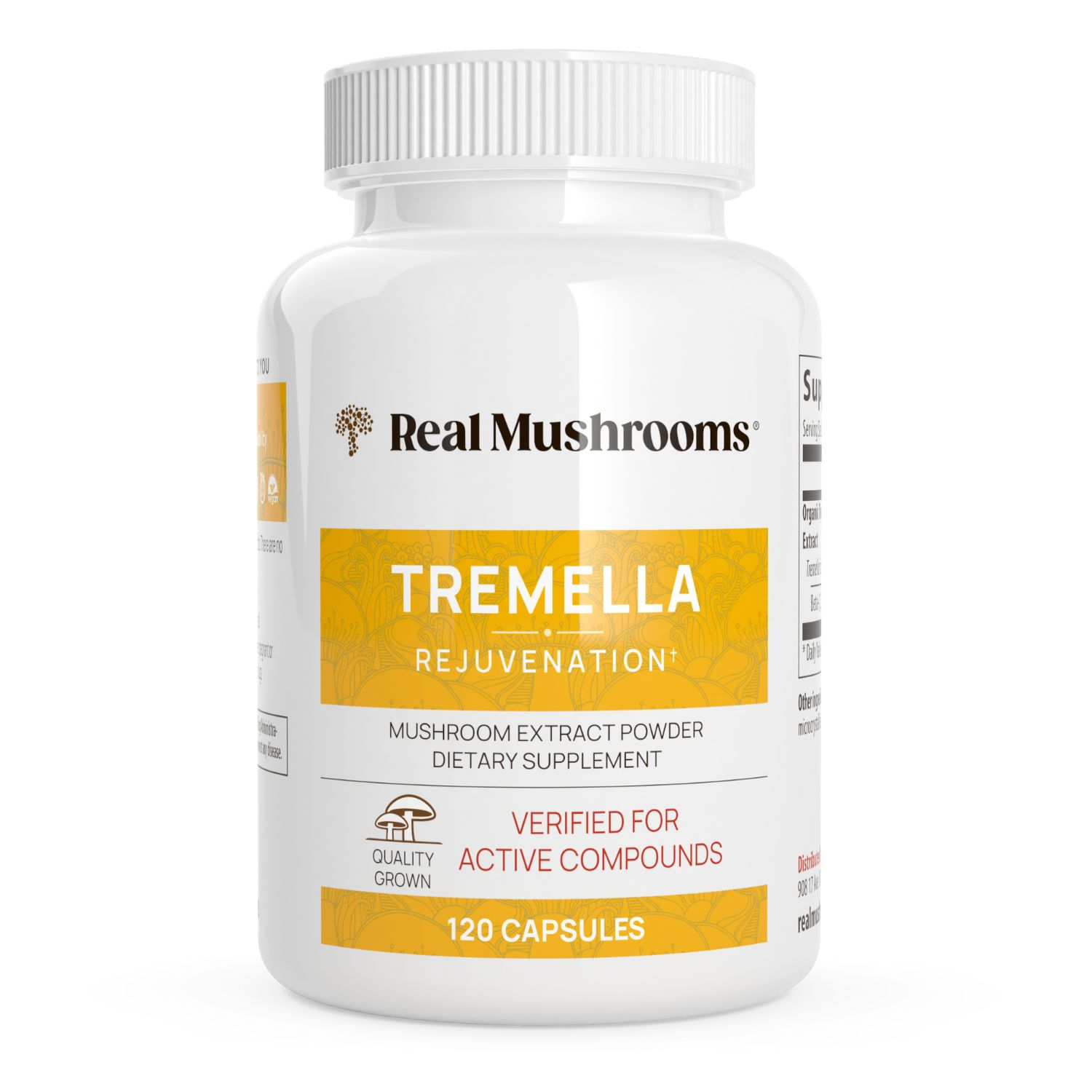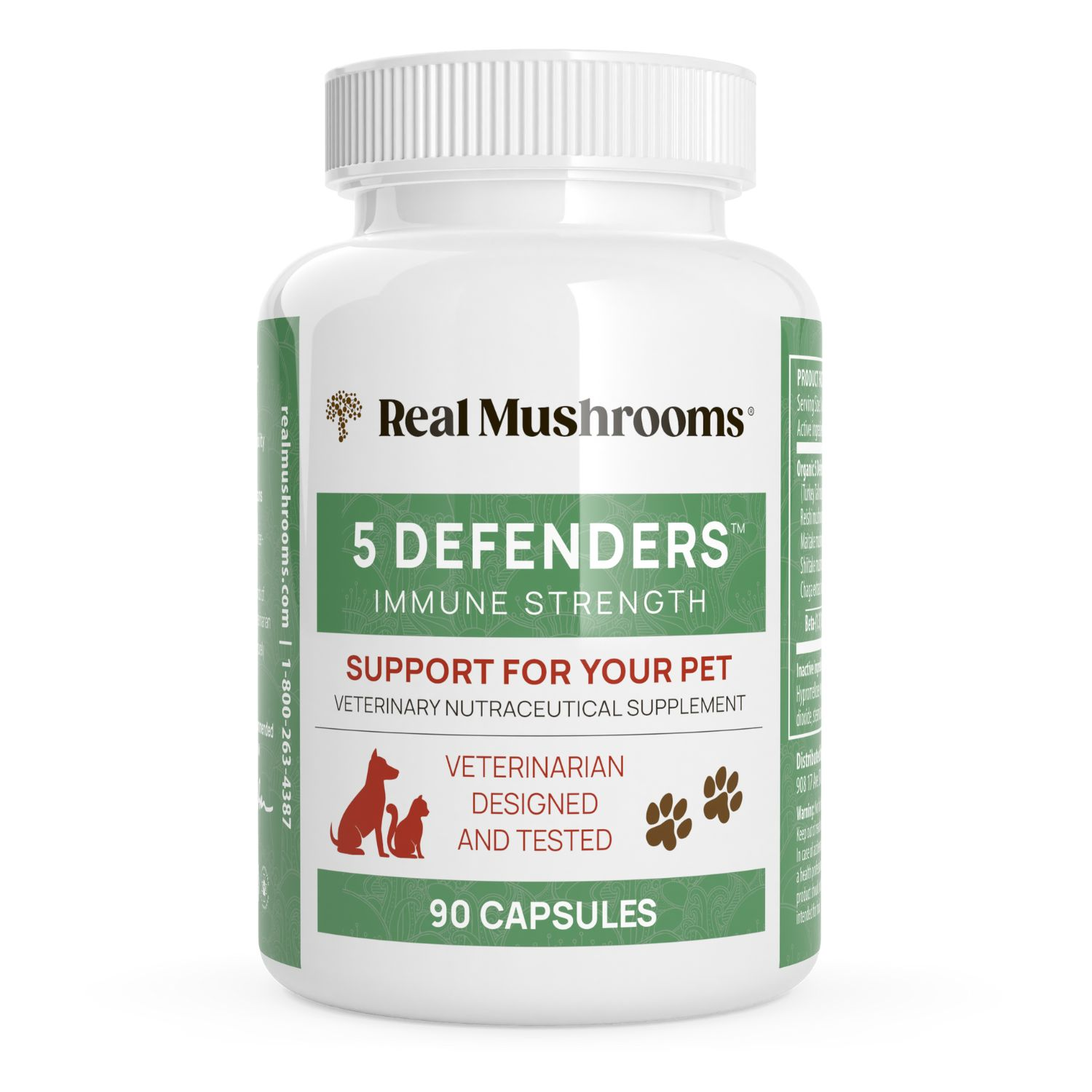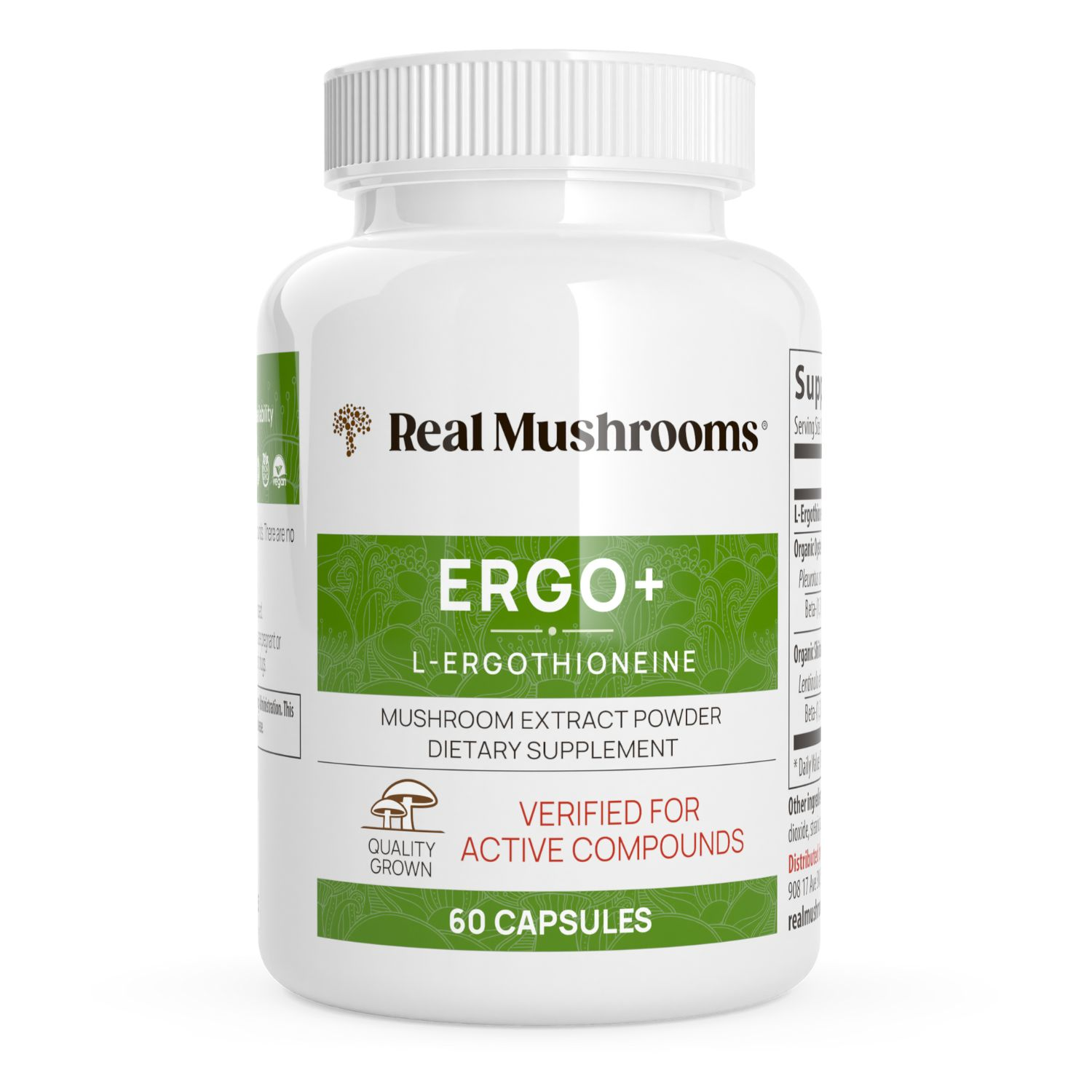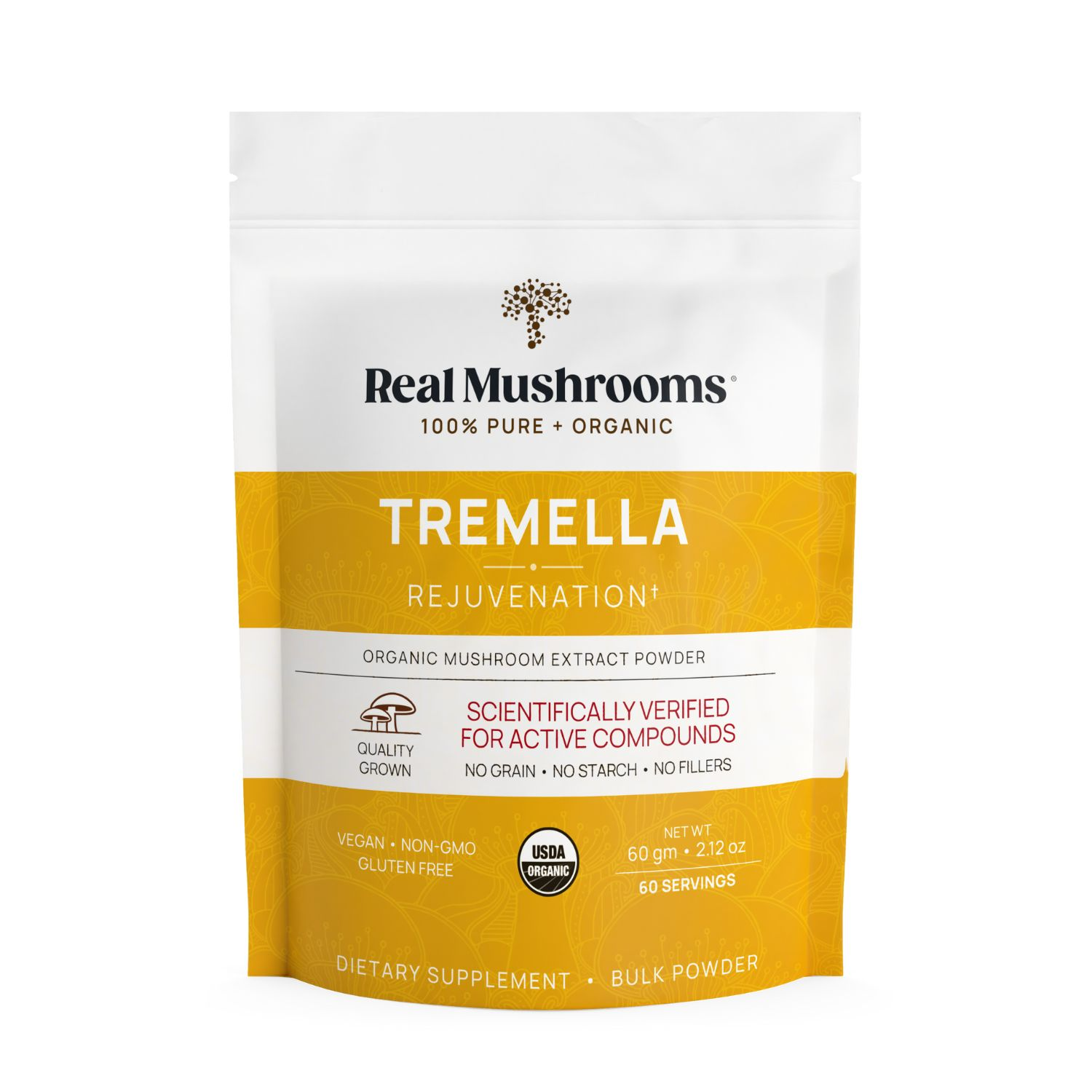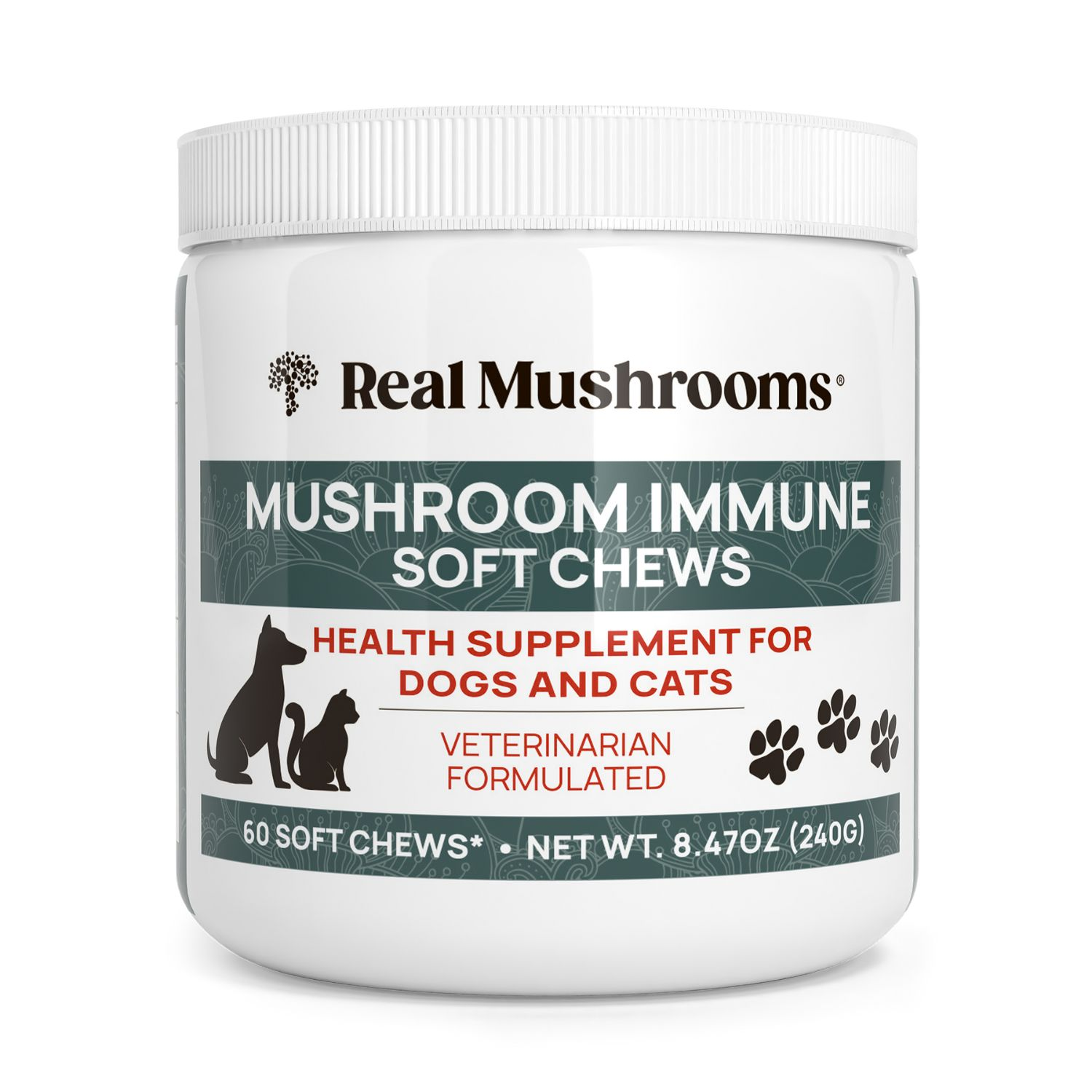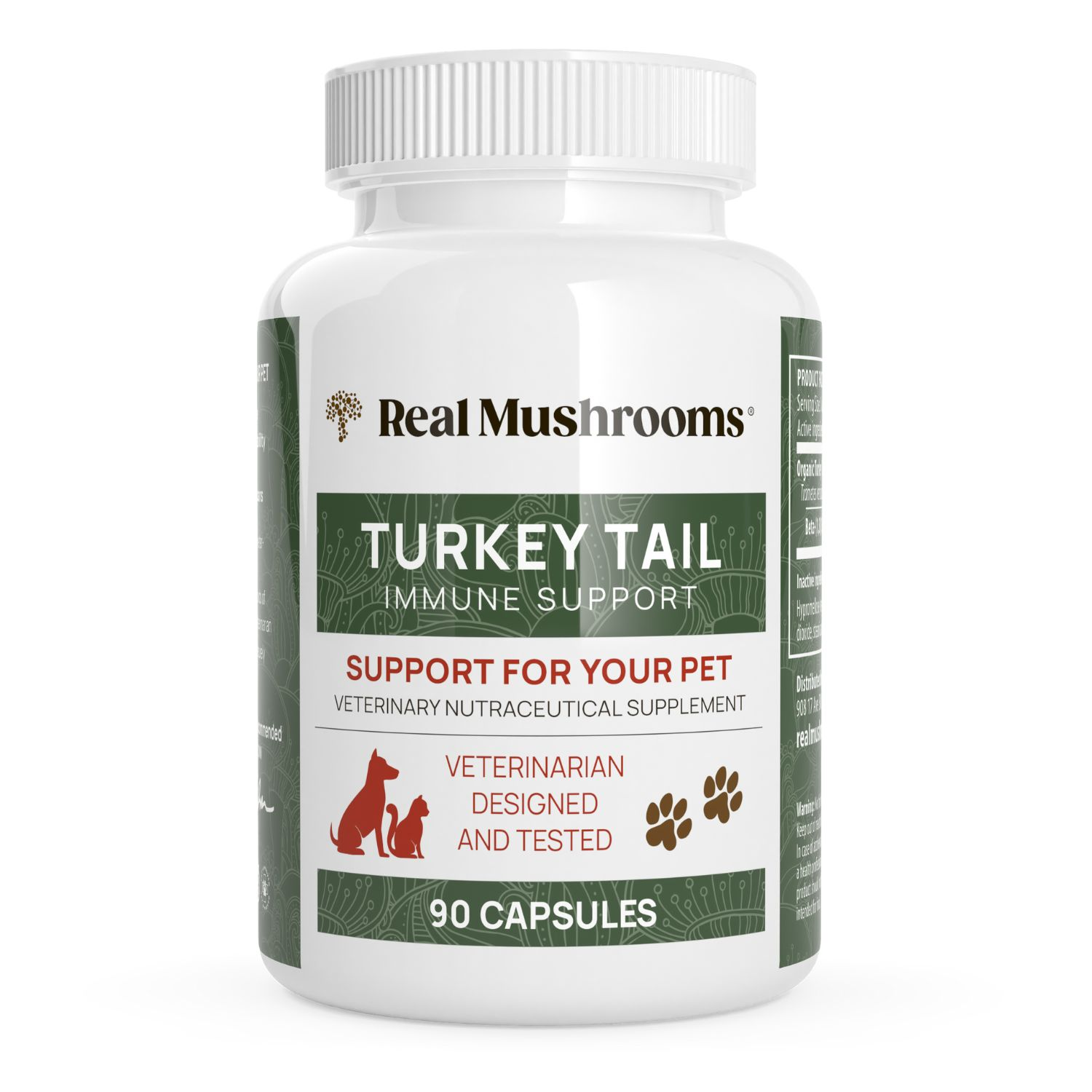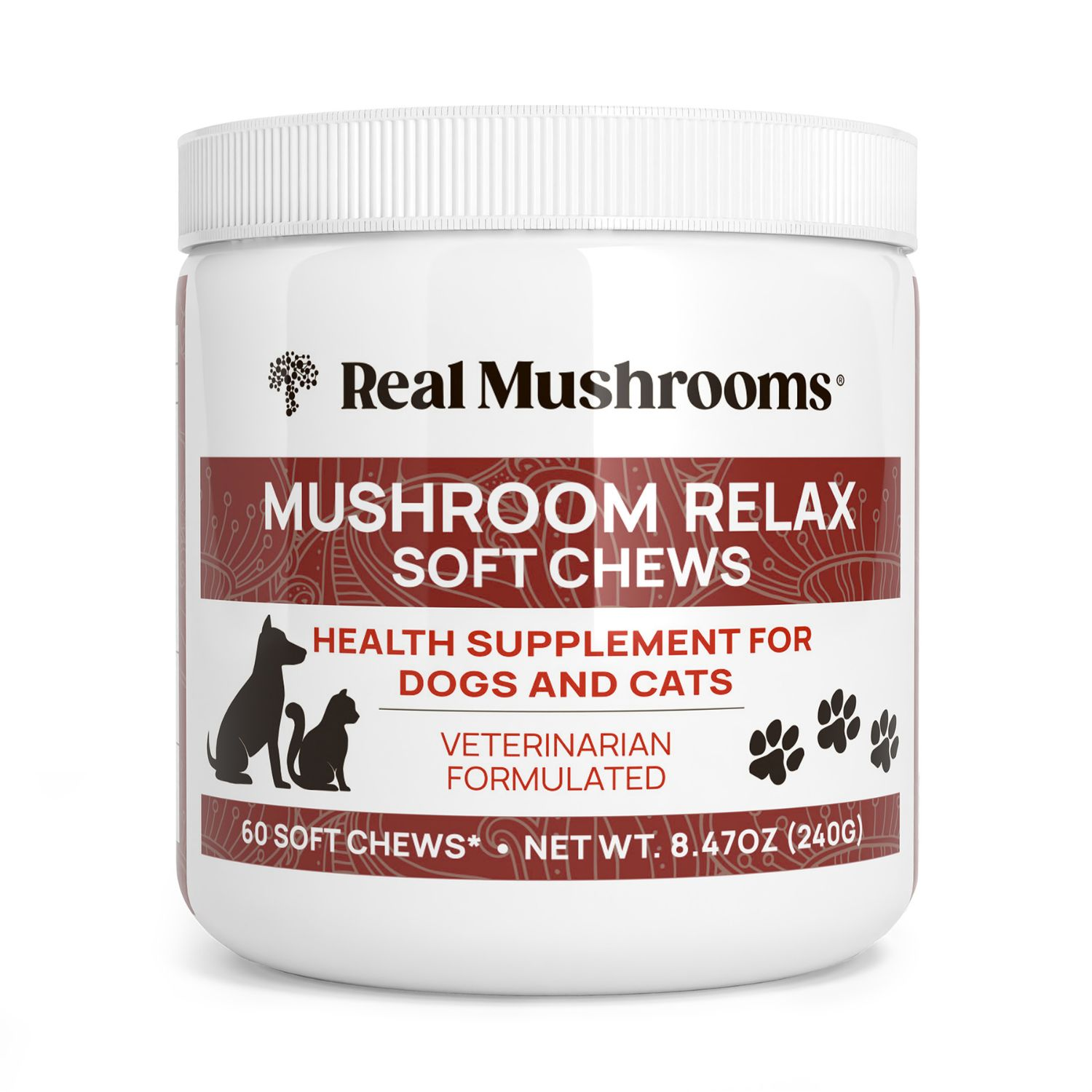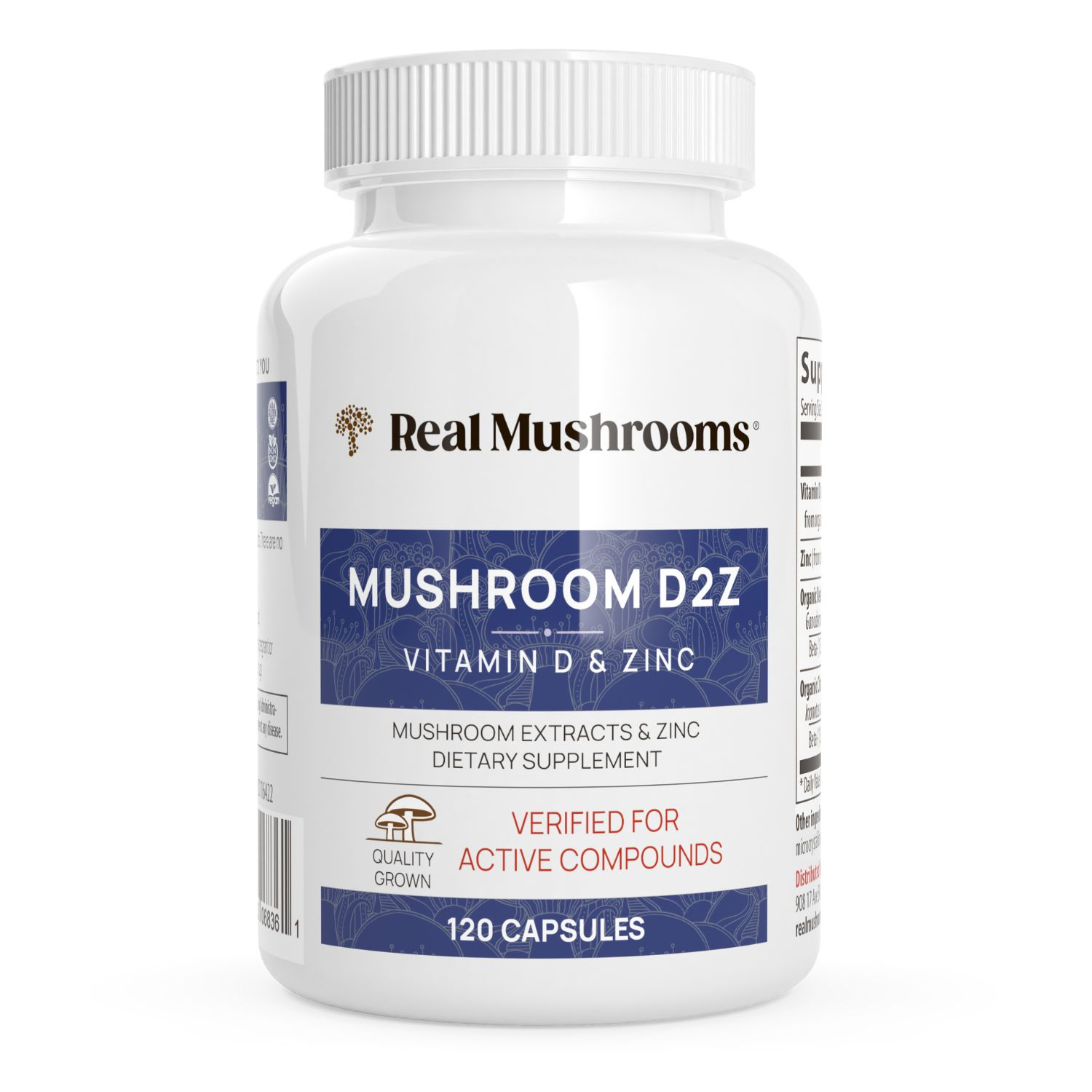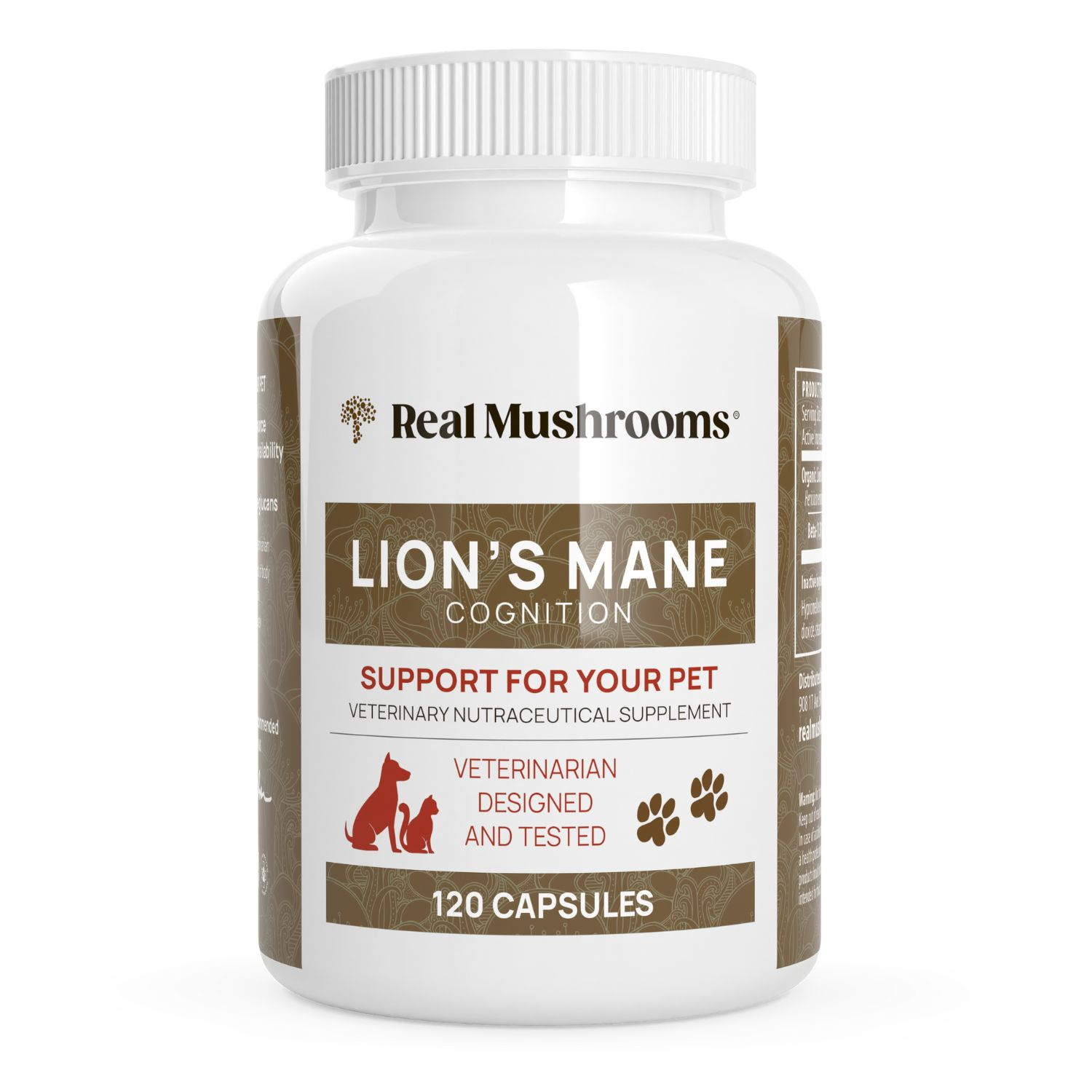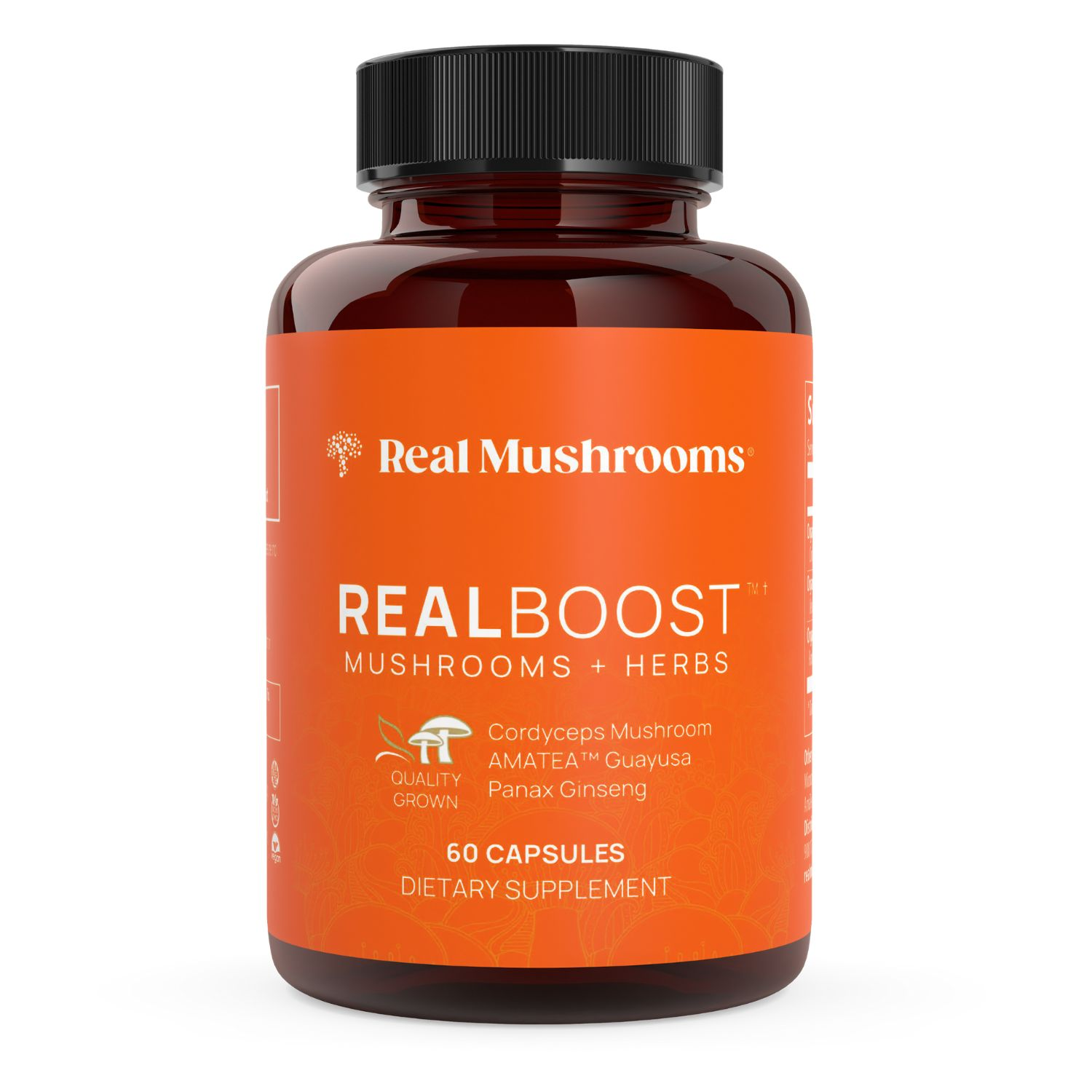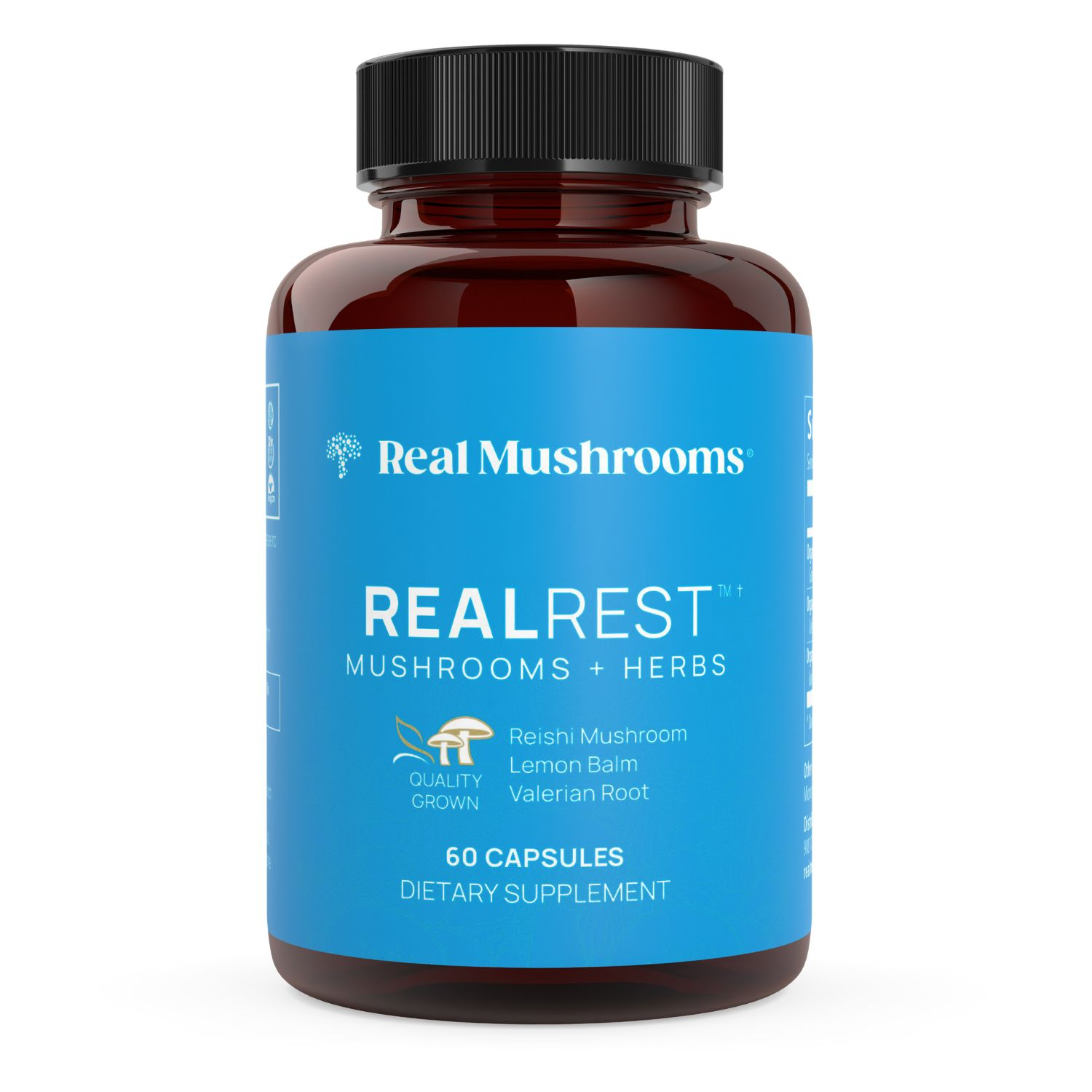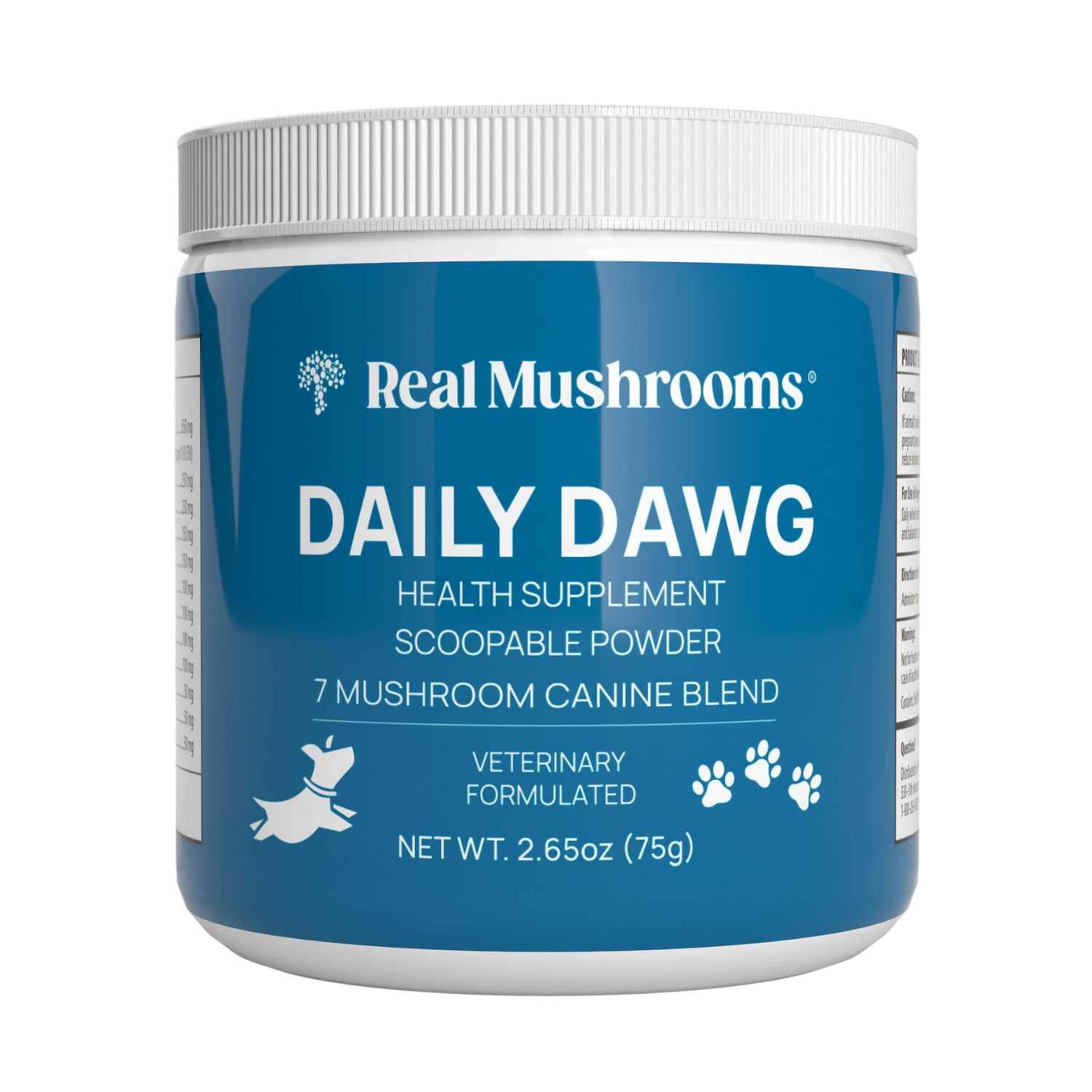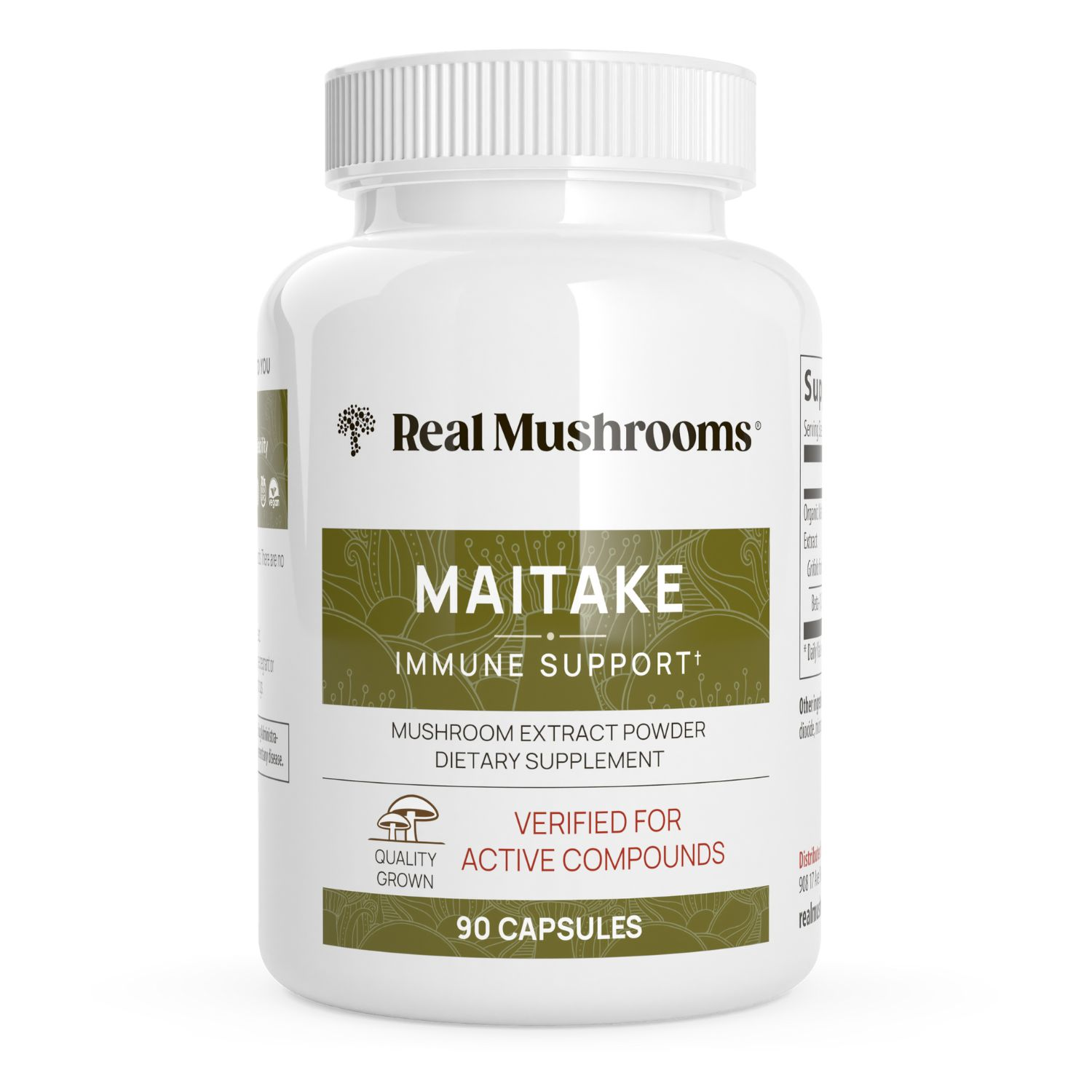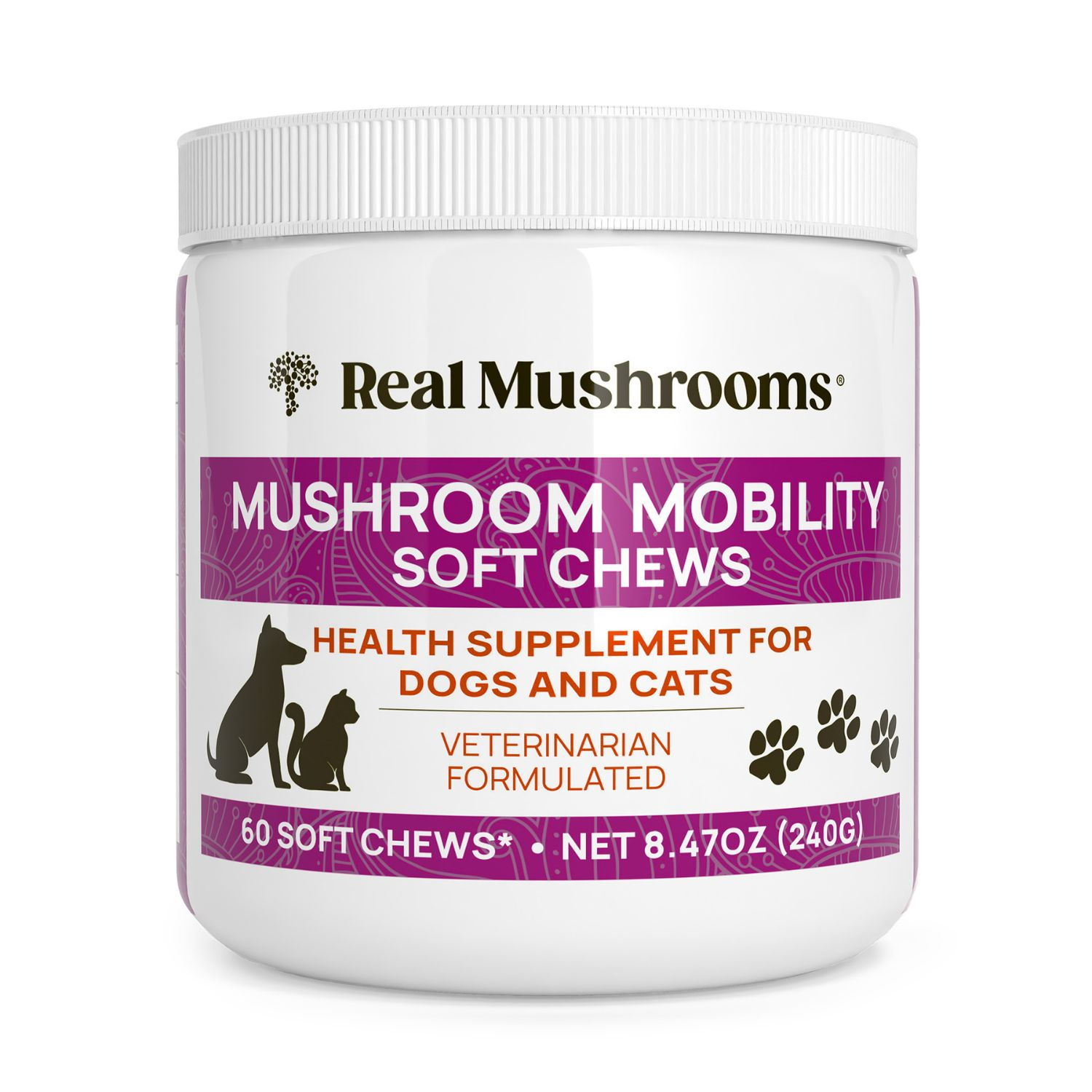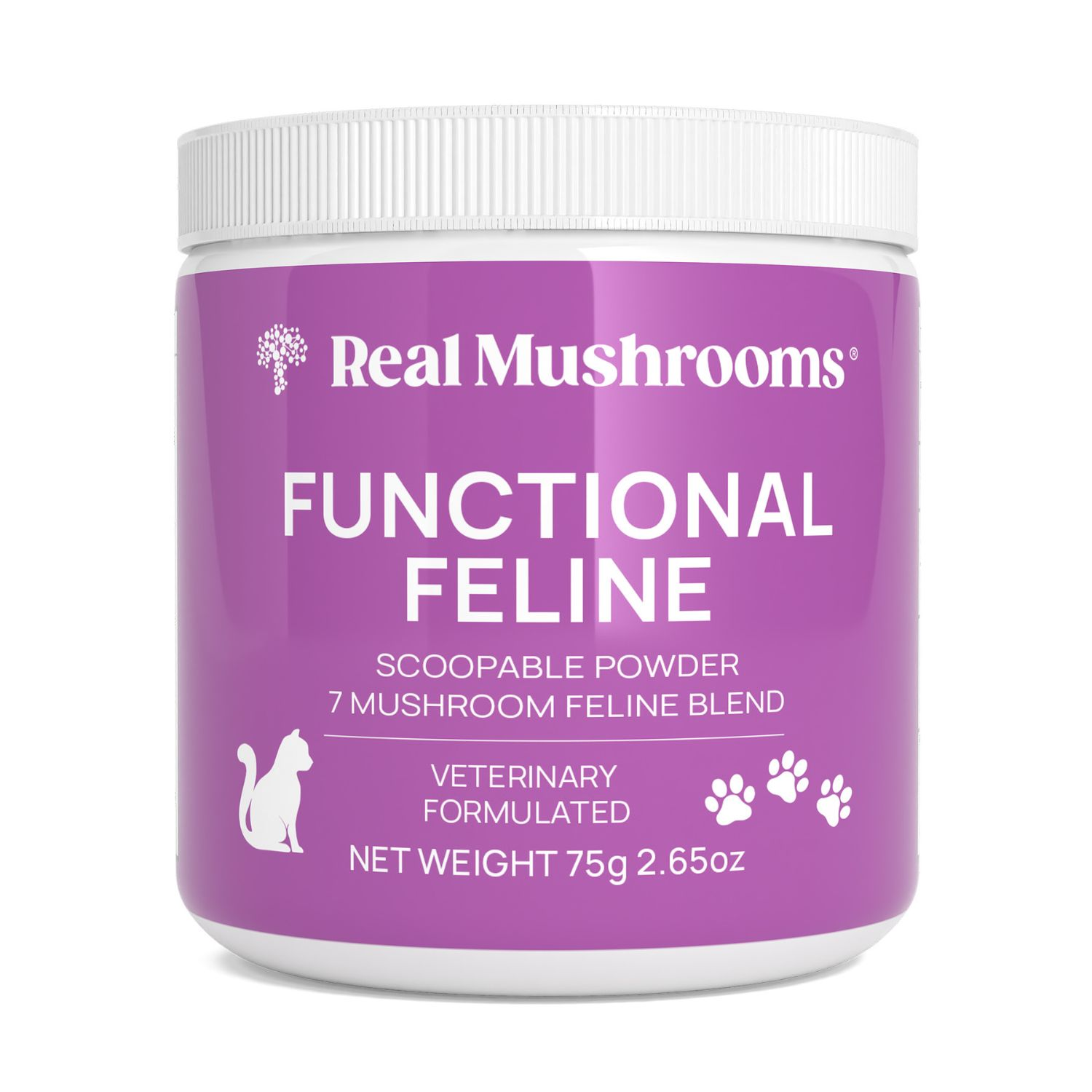A Better Bowl of Pet Food: Mushrooms & 5 Other Superfoods for Furry Friends
10 minute read

Diet is one of the most (if not the most) important decisions you will make in the life of your pet. The old adage “you are what you eat” applies to our furry family members as much as it does to us. Are you feeding your pet a diet that supports their health and longevity or hinders it? You may be surprised to find out that what you think is a good diet might need some adjusting.
Read on... we have just the knowledge and tips you need to bring your pet’s nutrition to the next level to help them lead a longer life full of vitality, health benefits, and essential vitamins.
We include some general facts about the current pet food options on the market and include superfoods for dogs that are worthy of adding to your cat and dog’s diet.
In This Article
- The Current Pet Food Scene
- Pitfalls of Dry Pet Food
- Processed Pet Food & Premature Aging
- Supplementing With Fresh Food
- 6 Superfoods for Dogs and Cats
- Resources for Creating a Well-Rounded Cat and Dog’s Diet
The Current Pet Food Scene
Today's pet parents face many food choices. The pet food industry has shifted over the past decade. In addition to bags of dry food (kibble) and canned food, most pet stores and many groceries now offer raw, frozen and minimally processed pet food. Some veterinary practices even offer raw dog food or superfoods for dogs in addition to canned and dry prescription diets.
Why this big change? Much of this shift has been driven by consumer demand for safer and healthier foods. In 2007, pet food laced with an illegal additive called melamine caused renal disease and death in thousands of dogs and cats around the world. This led to a massive recall of more than 150 brands of pet food and was a wake-up call for many pet owners.
Since then, pet parents have become more educated and proactive about animal health. More people are questioning the logic of a 100% processed diet. We wouldn't thrive on this diet, so why would it be different for our pets?
Pitfalls of Dry Pet Food
Here is an important fact to know if you are giving your pet dry or canned pet food:
If what you are feeding your pet is in a bag (dry kibble), it has gone through a process called extrusion. Extrusion is the shaping and pressure cooking of kibble by forcing mixed raw ingredients through a die. This is done to shape the kibble.
Additionally, the high heating temperatures used in extrusion kill pathogens, bacteria, mold and salmonella and give the dry food a longer shelf life. It is a necessary process to ensure kibble is safe. Canned pet food is also heated (in the can) under pressure at very high temperatures.
Unfortunately, this high-heating process also kills the “life” in the food. Dr. Edward Howell, in his book Enzyme Nutrition, noted that prolonged temperatures over 118* will destroy enzymes <1>.
The extrusion process also creates advanced glycation end products (AGE’s). These AGE’s have been shown to contribute to the development of a myriad of health conditions, including cancer <2>.

Processed Pet Food & Premature Aging
Any pet food that goes through the extrusion process (as in kibble) is heated at temperatures reaching 400 degrees Fahrenheit, making the food itself inflammatory. Additionally, this high heating temperature creates the Maillard reaction.
The Maillard reaction is caused by heating carbohydrates and proteins together, which alters their molecular structure to create glycotoxins. This extremely high heating method used when making pet food also reduces the bioavailability of the vitamins, minerals and amino acids in the food <3,4>.
Even more disturbing than the loss of nutrients due to high heating temperatures is the creation of advanced glycation end products (AGEs) in pet food.
AGEs, also known as glycotoxins, are a group of highly oxidant compounds that have been linked to the development of many diseases, including diabetes, kidney disease, metabolic syndrome and more.
In a nutshell, AGE’s have been shown to accelerate the aging process. AGEs create oxidative stress and inflammation. Testing shows an average daily serving of dog food contains Maillard reaction products at 122 times the safe level for humans and 38 times higher for cats <5,6,7>.
There is also a connection between these AGE’s and osteoarthritis in our pets. A 2004 study showed that older dogs who had cranial cruciate ligament surgery had an increased level of osteoarthritis in relation to the amount of AGE's in their system. Additionally, animal studies connect AGE’s to the degradation of cartilage and the onset of joint inflammation <8,9,10>.
Next steps for your pet …
Sometimes, there is no choice but to feed kibble due to the availability of fresh food, financial restraints, or simply the belief that it's a better food choice. If this is the case, supplementing with superfoods for dogs and cats, such as mushrooms, sardines, and cruciferous vegetables, can make a significant difference.
Adding nutrient-dense foods like superfoods for dogs and cats to your pet’s bowl can help balance out the missing elements from processed kibble. Whole-food supplements such as fish oils and glandular extracts can also help support long-term health.
Chia seeds, for instance, are a fantastic addition to your dog’s meals because they provide essential fatty acids crucial for coat health and eye health. Meanwhile, adding sweet potatoes offers a fiber-rich, high-antioxidant food that supports healthy digestion and overall vitality.
Supplementing With Fresh Food
The simple act of adding nutrient-dense, fresh, unprocessed foods to your cat or dog’s meals can make a significant difference in their quality of life and ability to down-regulate inflammation. Whole-food supplements such as fish oils and glandular extracts can also be helpful. Future blog posts will dive deeper into supplements.
A clinical study released in February 2022 showed that dogs fed dry food have significantly higher inflammation levels than dogs fed fresh food. The study included 2000 dogs of various breeds and ages. The data indicates that adding some unprocessed, fresh food to your pet’s bowl can be a great step in the right direction <11>.
It is important to note here that these are merely suggestions, not medical advice. It is recommended that you always check with your Veterinarian before making dietary changes or adding supplements.
If you add any foods/herbs below to your cat or dog’s diet, always start slow. If your pet has been eating the same food daily for a long time, a sudden change in diet can cause diarrhea.
For this reason, you should only add one new food at a time, do it slowly and monitor for any signs of loose stool. If there is loose stool, discontinue or reduce the amount of the new food or supplement.

6 Superfoods for Dogs and Cats
Below is a list of high-nutrient-value superfoods for dogs and cats that can be added to your pet’s bowl. All these have been shown to have an antioxidant effect and help support a cat and dog’s immune system.
Antioxidants play an important role in countering oxidative stress. When there are not enough antioxidants in our bodies, reactive free radicals can wreak havoc on our pet’s health. Additionally, a diet rich in antioxidants has been shown to have a beneficial effect on the canine brain, possibly improving cognitive function <12>.
Mushrooms - Dogs and cats of all ages can benefit from having mushrooms in their diet. Mushrooms can either be cooked and added to your pet food, or you can supplement with powders or capsules.
Superfoods for dogs and cats, like mushrooms, contain ergothioneine, a powerful amino acid and antioxidant that supports longevity and a dog’s immune system response. Mushrooms also contain a very beneficial antioxidant called glutathione.
More details can be found on ergothioneine here: https://www.realmushrooms.com/ergothioneine-supplement-guide/
More information about mushrooms and pets can be found here: https://www.realmushrooms.com/can-dogs-eat-mushrooms/

Sardines - An excellent addition to a dog or cat’s bowl, sardines are a rich source of an antioxidant called CoQ10. They also contain essential vitamins, such as vitamin D, B12, selenium, and high levels of omega fatty acids, such as EPA and DHA. Sardines also contain the lowest levels of mercury of any fish.
Turmeric - Among the superfoods for dogs and cats, turmeric is known for its antioxidants and joint health support. An extensive number of studies point to the beneficial antioxidant effects of curcumin, the active component of turmeric and its benefits in supporting joint health. In a recent study, turmeric was even shown to be effective in supporting tendon healing <13,14>.
Blueberries - Blueberries contain flavonoids, which have known anti-inflammatory and antioxidant effects <15>.
Broccoli & Cruciferous Vegetables - Not only are cruciferous vegetables good for their antioxidant effect, research shows the sulforaphane in these vegetable have an effect on cancer cells in dogs. Consider adding broccoli and Brussels sprouts to your cat and dog’s diet <16>.
Beets - Beets are an excellent anti-inflammatory/antioxidant food to add to the canine diet either in fresh or supplement form. They are full of Vitamin C, B, iron, potassium, manganese, and magnesium. Additionally, beet juice has been shown to aid in exercise recovery <17>.
The modern pet supply marketplace now makes it easier to find high-quality superfoods for dogs and cats, ensuring your furry friend gets the nutrients they need.
By incorporating superfoods for dogs and cats into meals, you can support their immune system, digestion, and overall vitality.

Resources for Creating a Well-Rounded Cat and Dog’s Diet
Books for Additional Pet Food Wisdom
We encourage you to become as knowledgeable as you can about the pet food industry and what diet is most suitable for your furry friend, given your means and circumstances. Here are some excellent resources that go into detail about the food and supplements you can give your pet to help increase their health, wellbeing and longevity.
- Fresh Food & Ancient Wisdom: Dr. Ihor Basko
- See Spot Live Longer: Steve Brown
- Give your Dog a Bone: Dr. Ian Billinghurst
- The Forever Dog: Dr. Karen Becker & Rodney Habib
Integrative Veterinary Care
Ideally, you want to work with a veterinarian who will guide you and your pet through any sort of dietary transition. The American Holistic Veterinary Medical Association has a list of holistic DVMs found here: https://www.ahvma.org/find-a-holistic-veterinarian/
Supplement-al Knowledge
If you have any questions about how mushroom supplements, specifically, can help to support your cat and dog’s health, we invite you to read our other articles (below) or email us at pets@realmushrooms.com.

References
1. Enzymes—Therapeutic use. 2. Nutrition. 1. Murray, Maynard. II. Title.
2. Omonefe O. Omofuma; David P. Turner; Lindsay L. Peterson Dietary Advanced Glycation End-products (AGE) and Risk of Breast Cancer in the Prostate, Lung, Colorectal and Ovarian Cancer ScreeningTrial(PLCO) https://aacrjournals.org/cancerpreventionresearch/article/13/7/601/47341/Dietary-Advanced-Glycation-End-products-AGE-and
3. Van Rooijen C1, Bosch G, van der Poel AF, et al. 2013, Aug 6. The Maillard reaction and pet food processing: effects on nutritive value and pet health. https://www.ncbi.nlm.nih.gov/pubmed/23916186
4.Nurbubu T Moldogazieva 1, Innokenty M Mokhosoev 1 2, Tatiana I Mel'nikova Oxidative Stress and Advanced Lipoxidation and Glycation End Products (ALEs and AGEs) in Aging and Age-Related Diseases
5. Rokey GJ, Baldwin D. 2013, Sep 10. Extrusion temperature: A critical control point in pet food processing. http://www.allaboutfeed.net/Equipment/Articles/2013/9/Extrusion-temperature-A-critical-control-point-in-pet-food-processing-1359454W/
6. Uribarri J, Woodruff S, Goodman S, et al. 2010, Jun 11. Advanced Glycation End Products in Foods and a Practical Guide to Their Reduction in the Diet. https://www.ncbi.nlm.nih.gov/pmc/articles/PMC3704564/
7. Abate G1, Delbarba A2, Marziano M1, et al. 2015, Nov 16. Advanced Glycation End Products (Ages) in Food: Focusing on Mediterranean Pasta. https://www.omicsonline.org/open-access/advanced-glycation-end-products-ages-in-food-focusing-on-mediterranean-pasta-2155-9600-1000440.php?aid=63980
8.Van Rooijen C1, Bosch G, VanDer Poel AF, et al.2014, Aug 20. Quantitation of Maillardreaction products in commercially available pet foods.https://www.ncbi.nlm.nih.gov/pubmed/25088431
9. DeGroot J1, Verzijl N, Wenting-Van Wijk MJ,et al. 2004, Apr 5. Accumulation of advanced glycation end products as a molecular mechanism for aging as risk factor in osteoarthritis a.https://www.ncbi.nlm.nih.gov/pubmed/15077303
10. Sunahori K1, Yamamura M, Yamana J, et al. 2006, Jan 5. Increased expression of receptor for
advanced glycation end products by synovial tissue macrophages in rheumatoid arthritis. https://www.ncbi.nlm.nih.gov/pubmed/16385501
11. Yang HY1, Chuang SY2, Fang WH3, et al. 2015, Sep 25. Effect of RAGE polymorphisms on
susceptibility to and severity of osteoarthritis in a Han Chinese population: a case-control study. https://www.ncbi.nlm.nih.gov/pubmed/26436377
12. https://royalsocietypublishing.org/doi/10.1098/rsos.211642
13. Cotman CW1, Head E, Muggenburg BA, et al. 2002, Sep 23. Brain aging in the canine: a diet enriched in antioxidants reduces cognitive dysfunction. https://www.ncbi.nlm.nih.gov/pubmed/12392784
14. Chattopadhyay I, Biswas K, Bandyopadhyay U and Banerjee R.K. Turmeric and curcumin: Biological actions and medicinal applications (PDF File). Available at: http://repository.ias.ac.in/5196/1/306.pdf Current Science, VOL. 87, NO. 1, 10 July 2004.
15. Jiang D1, Gao P2, Lin H1, et al. 2015, Nov 5. Curcumin improves tendon healing in rats: a histological, biochemical, and functional evaluation. https://www.ncbi.nlm.nih.gov/pubmed/26540017
16. Ebenezer PJ, Wilson CB, Wilson LD, Nair AR, et al. 2016, Sep 7. The Anti-Inflammatory Effects of Blueberries in an Animal Model of Post-Traumatic Stress Disorder (PTSD). http://journals.plos.org/plosone/article?id=10.1371/journal.pone.0160923
17. Rizzo VL, Levine CB, Wakshlag JJ. 2016, Mar. The effects of sulforaphane on canine osteosarcoma proliferation and invasion. http://onlinelibrary.wiley.com/doi/10.1111/vco.12212/full
18. Clifford T1, Bell O2, West DJ2, Howatson G2, et al. 2015, Nov 4. The effects of beetroot juice supplementation on indices of muscle damage following eccentric exercise. Available at: https://www.ncbi.nlm.nih.gov/pubmed/26537365
19. Saani M1, Lawrence R1, Lawrence K2. 2017, May 11. Evaluation of pigments from methanolic extract of Tagetes erecta and Beta vulgaris as antioxidant and antibacterial agent. https://www.ncbi.nlm.nih.gov/pubmed/28494614
